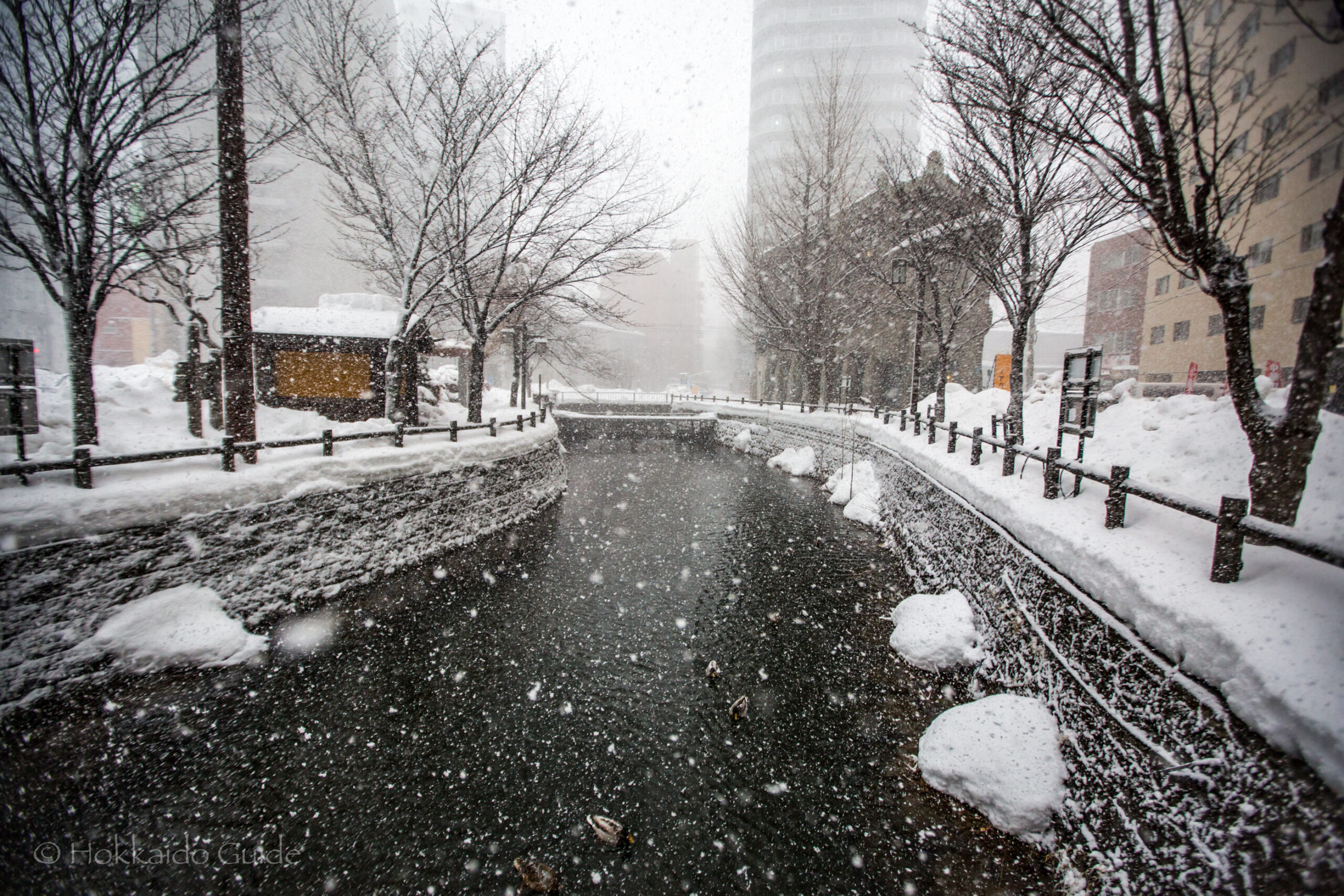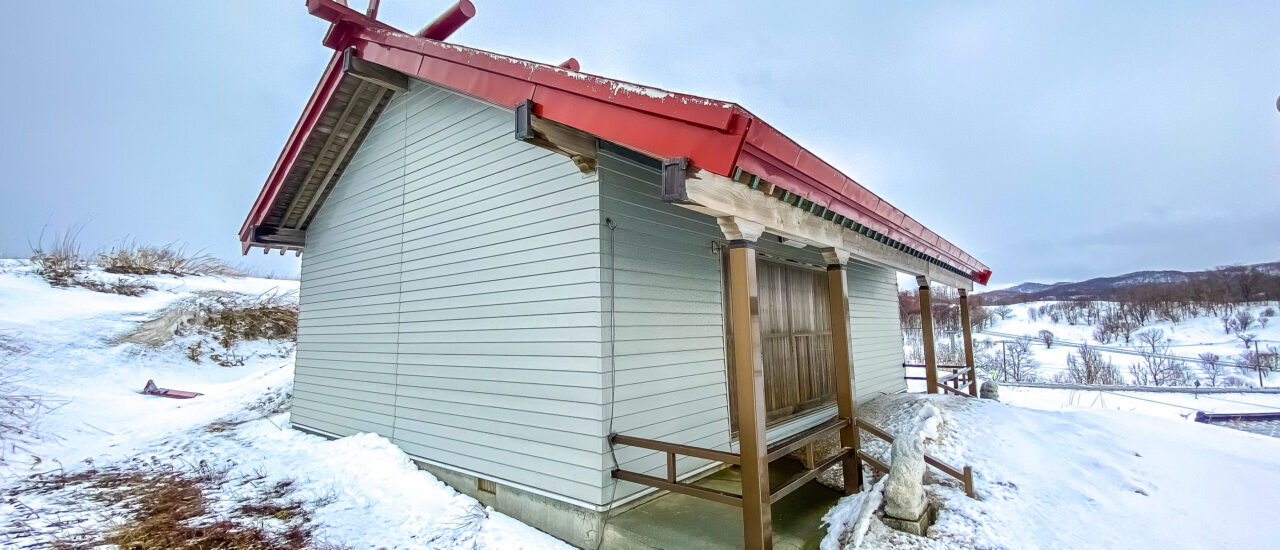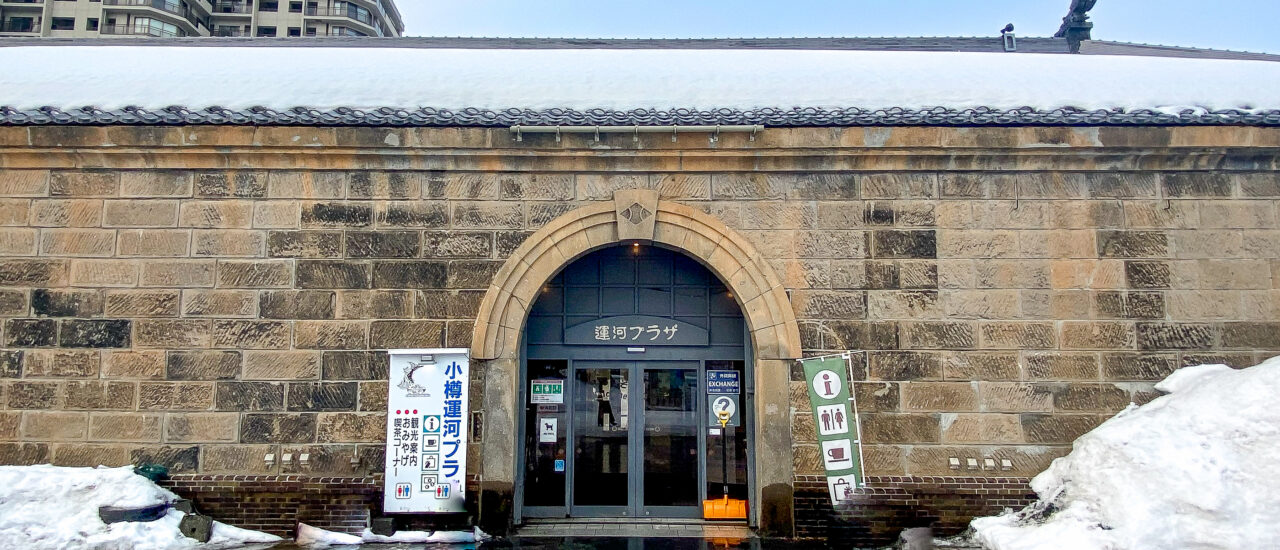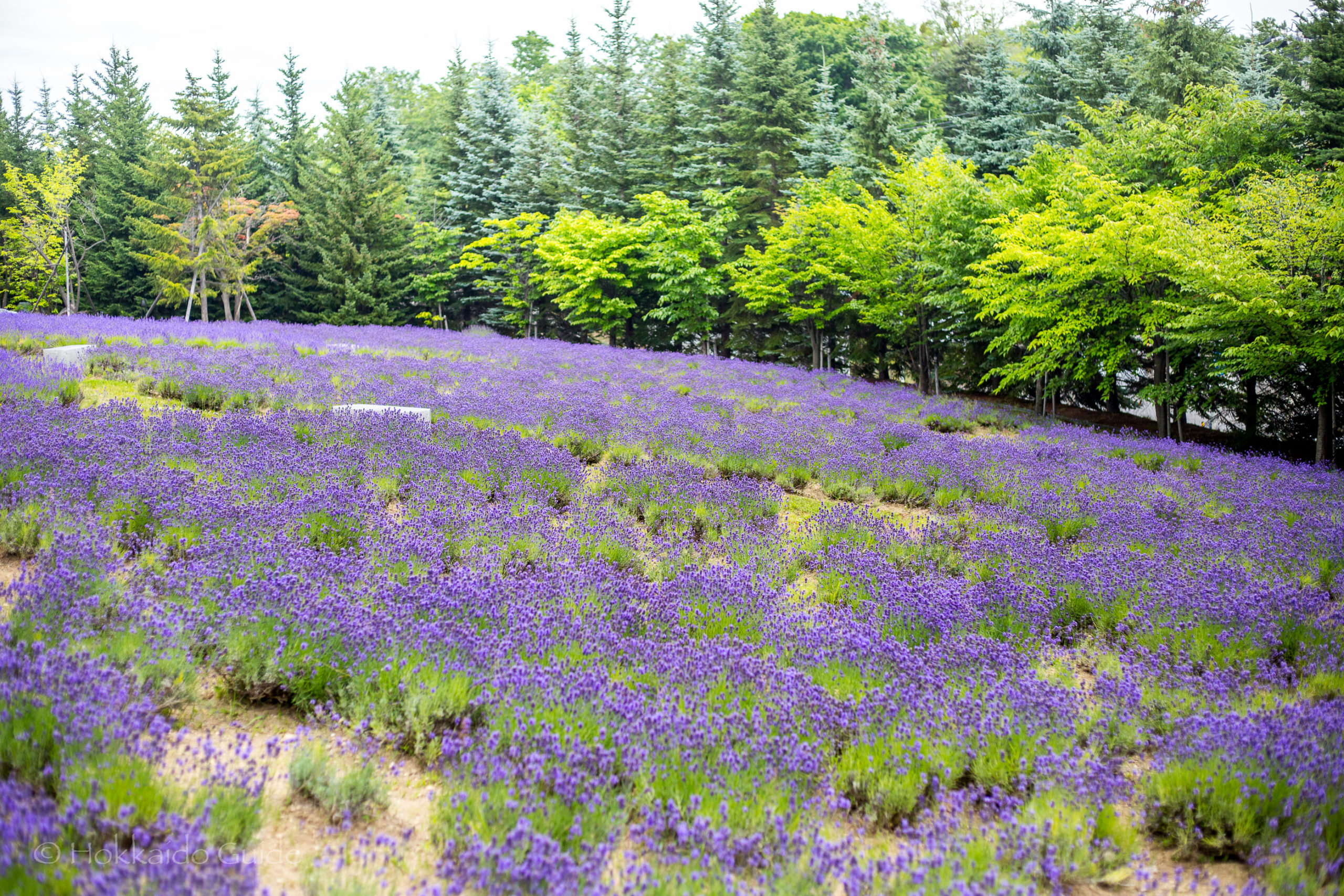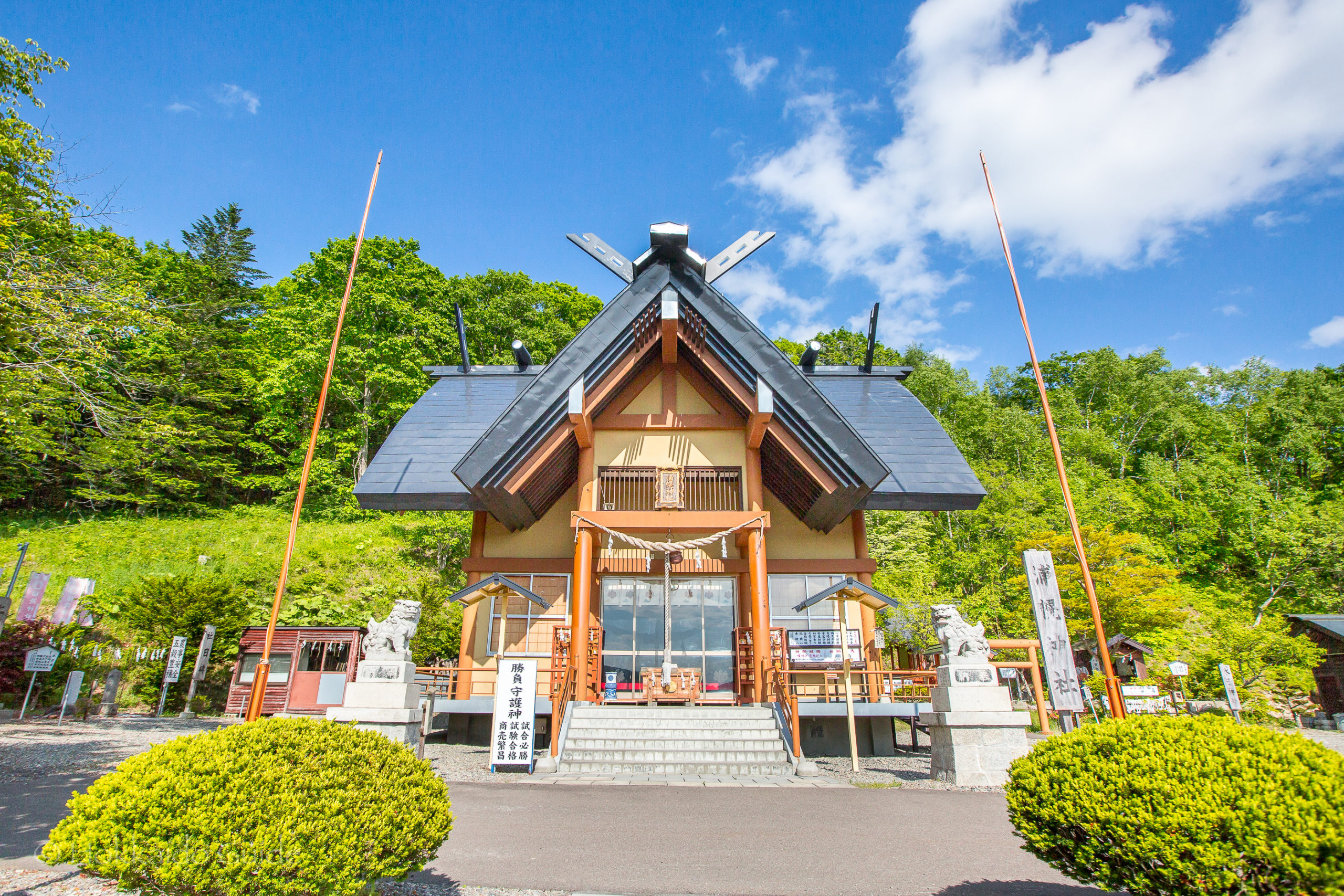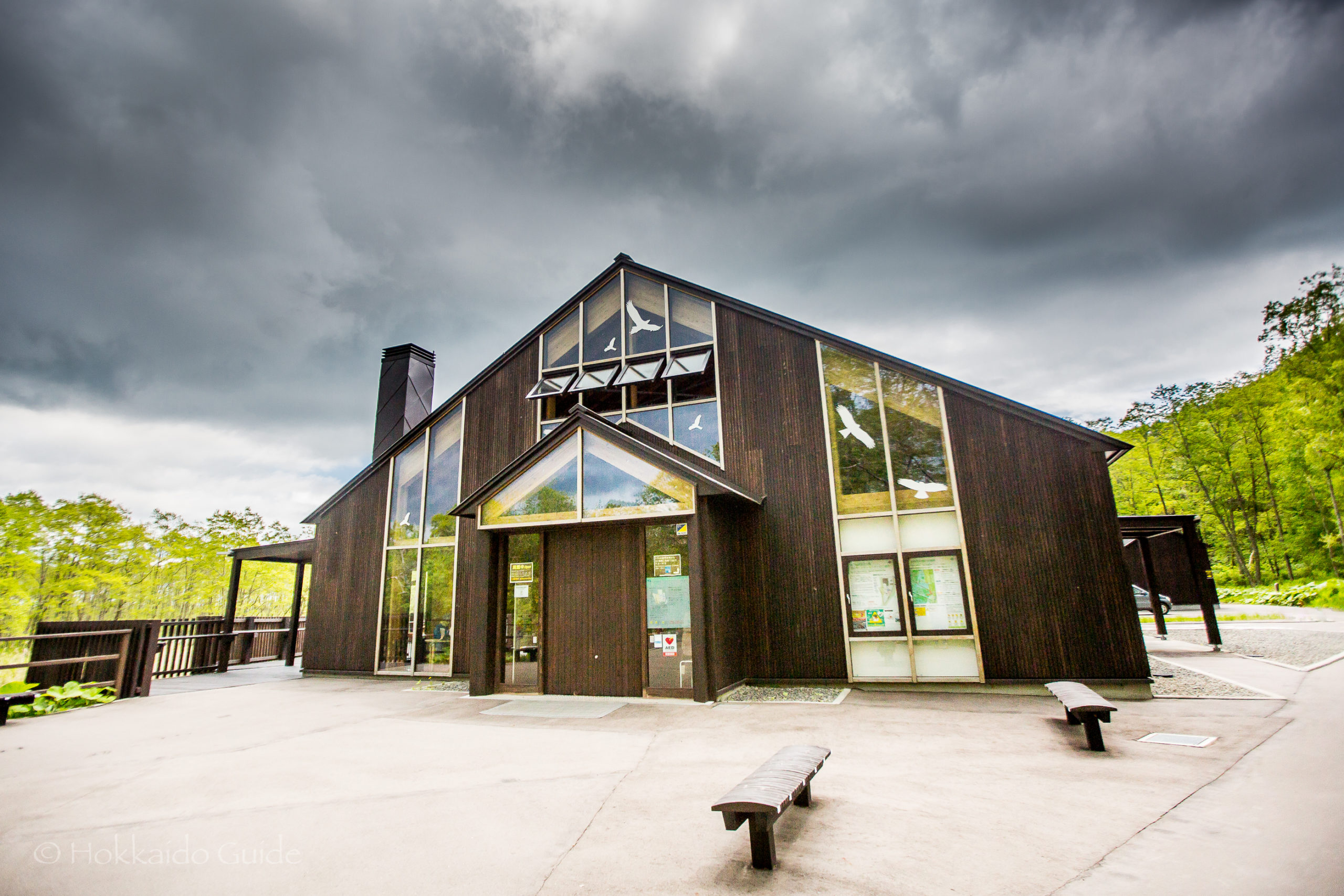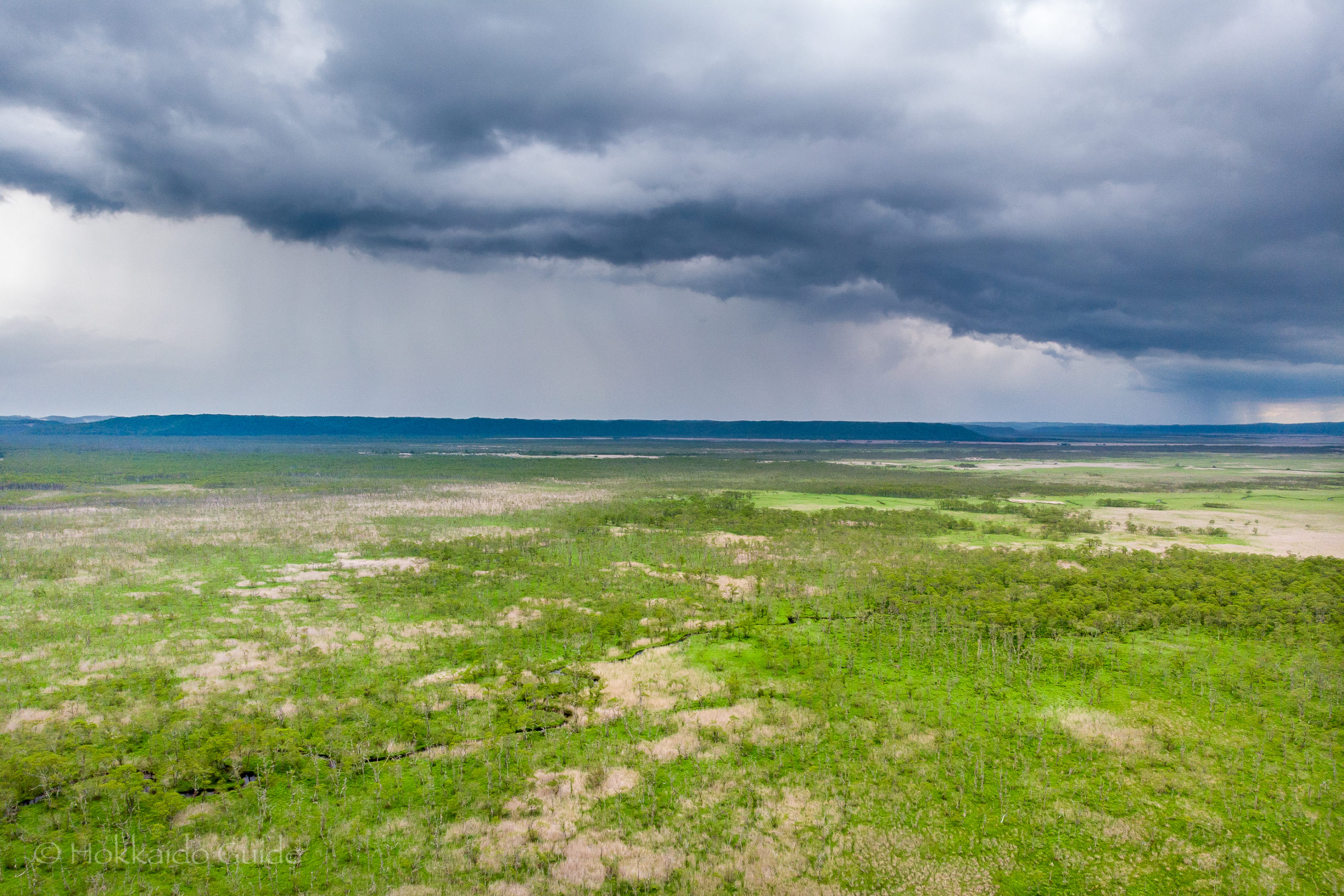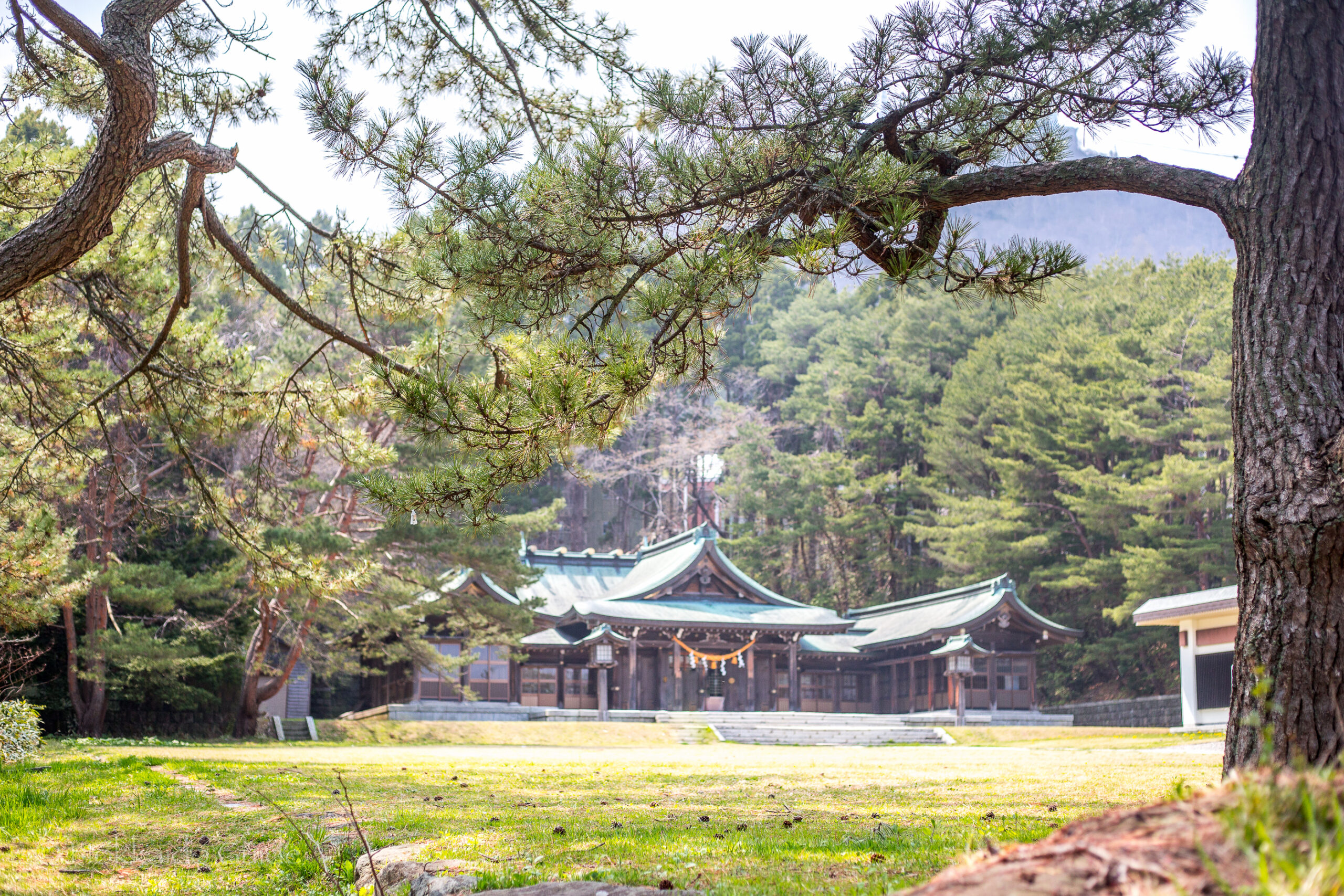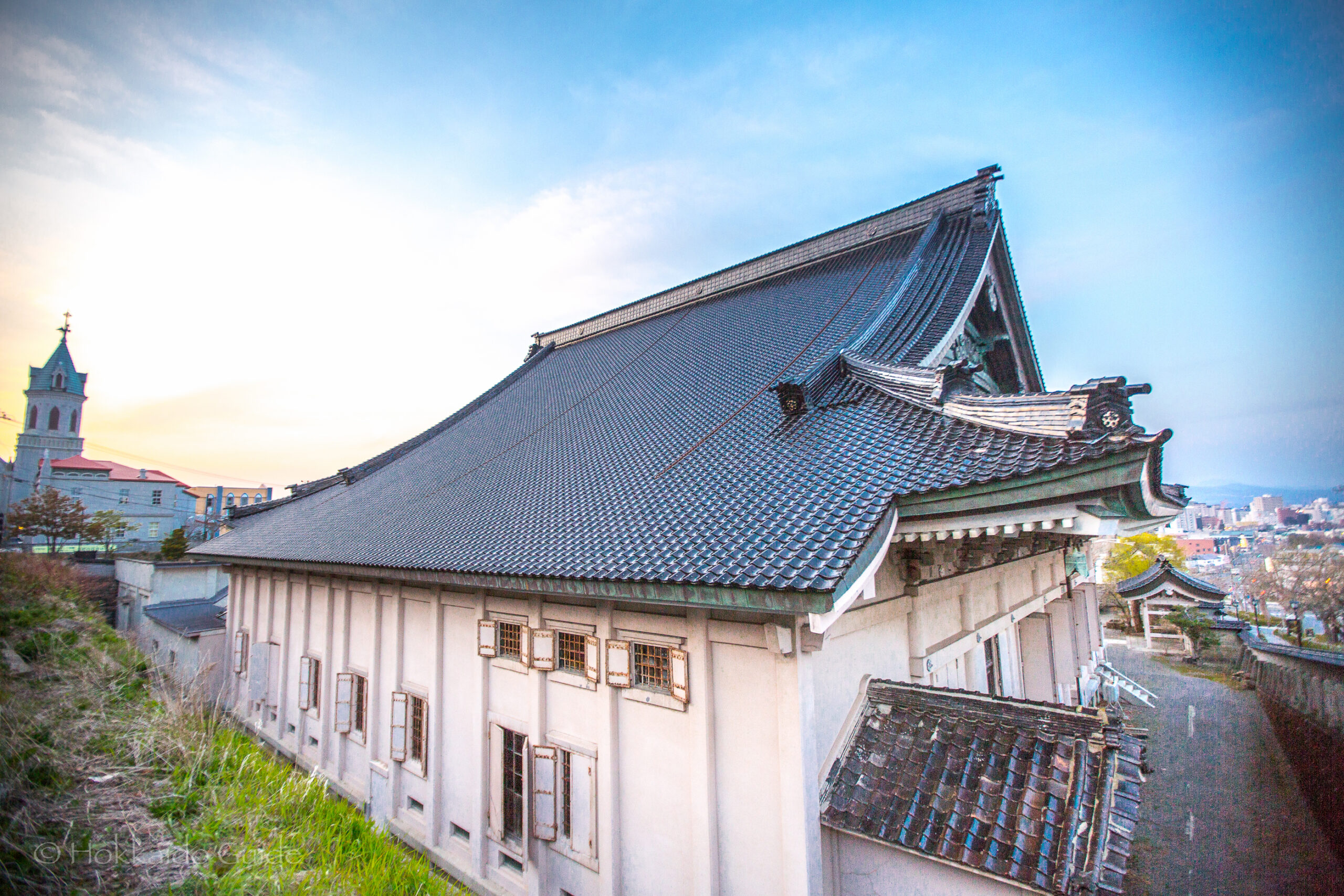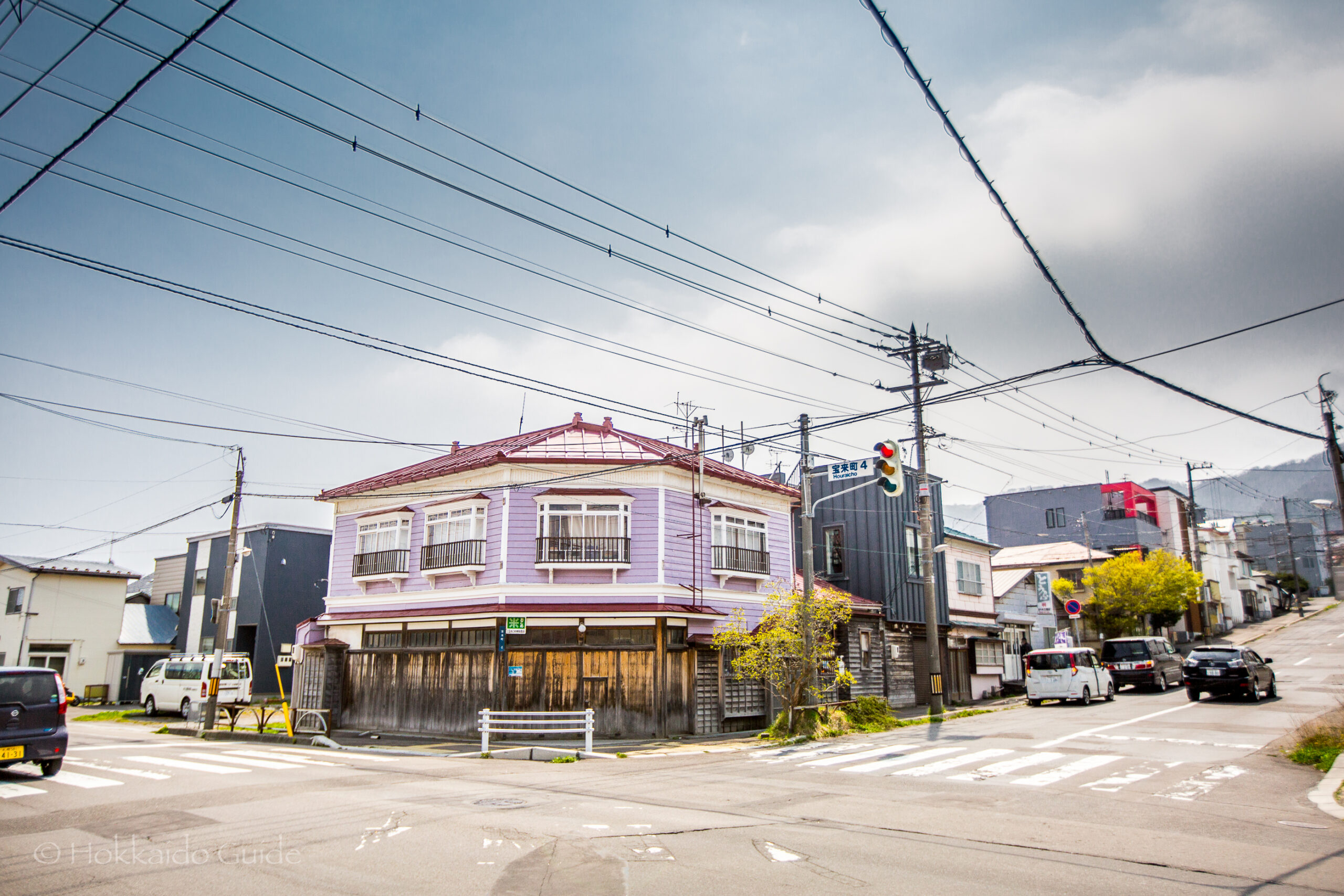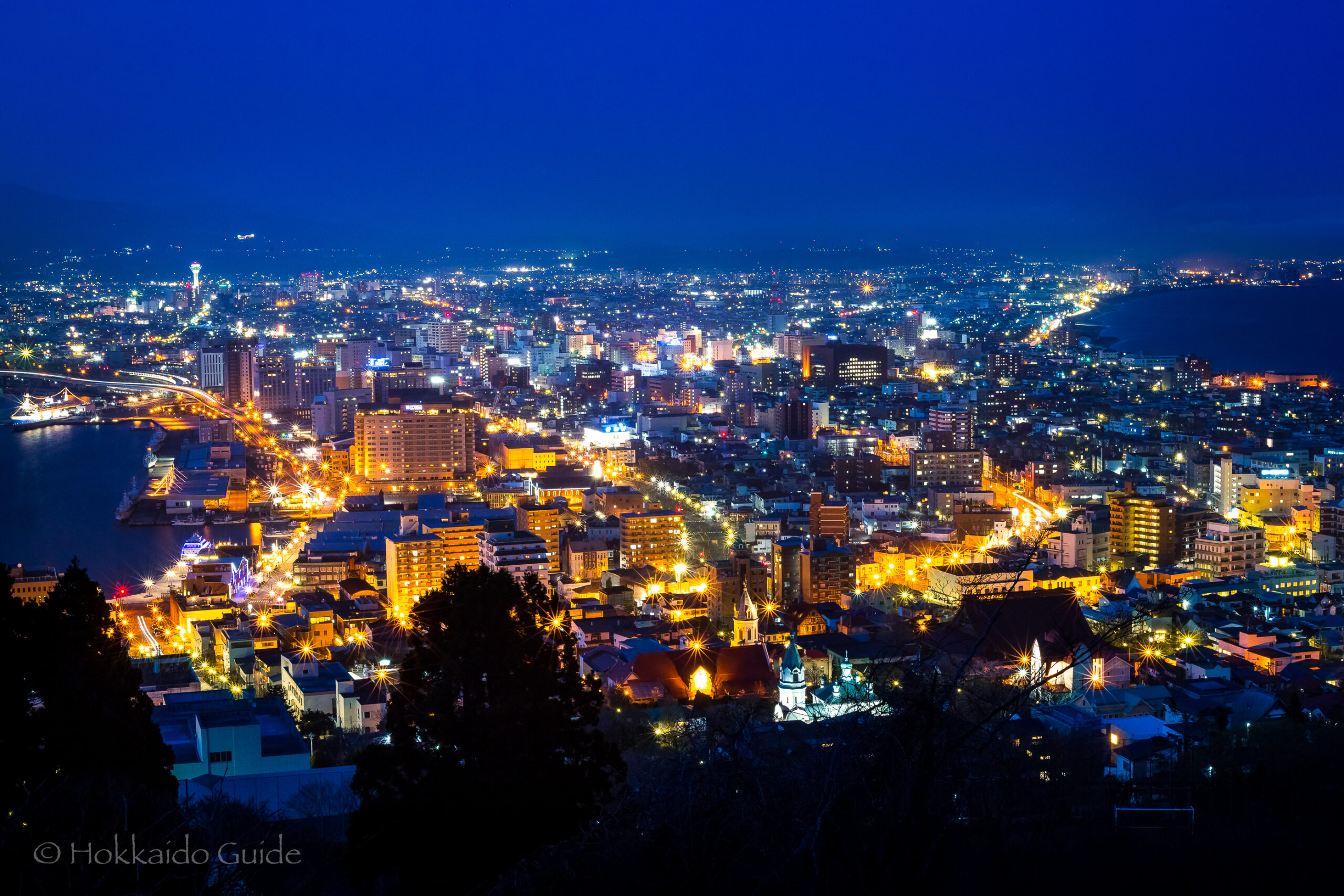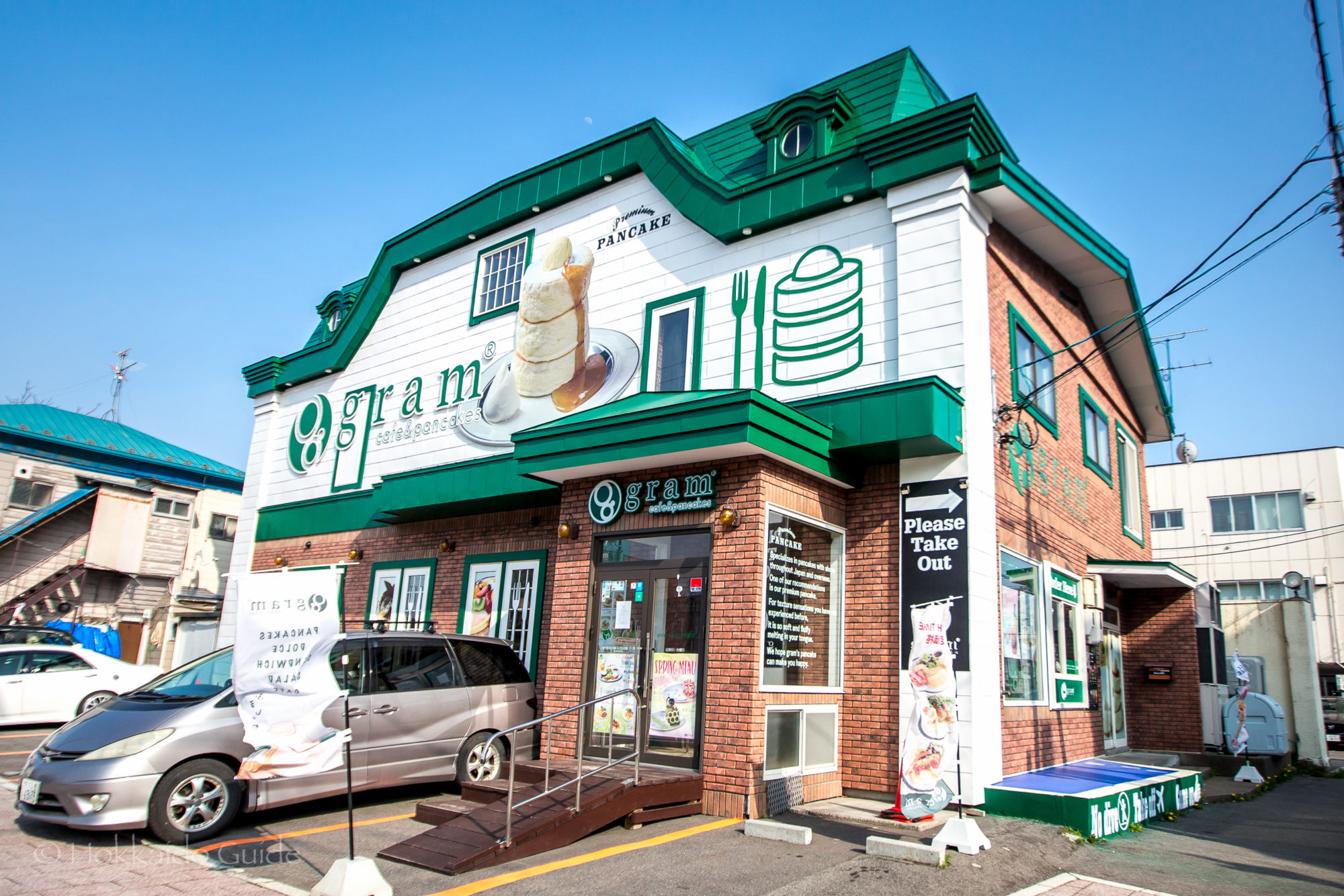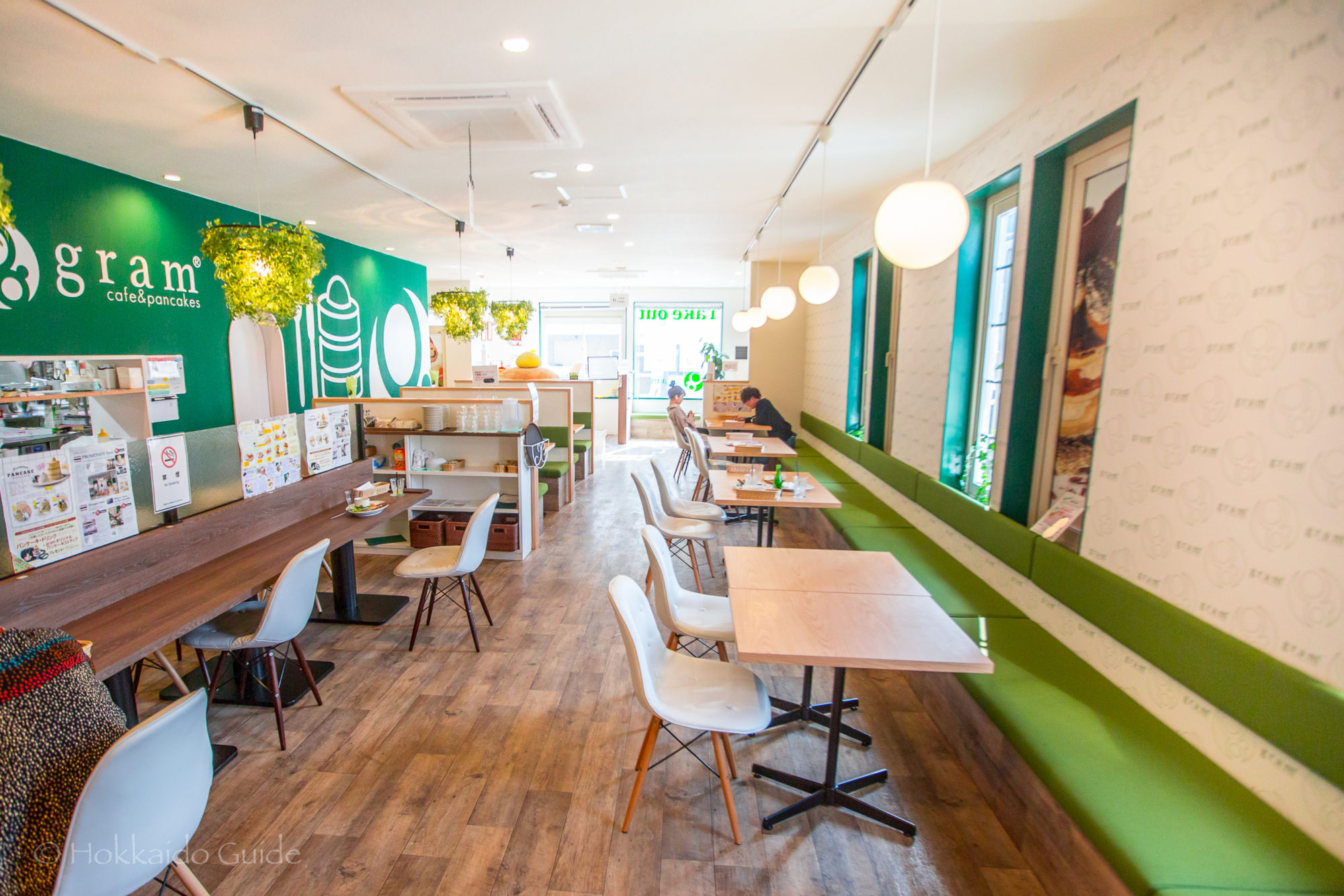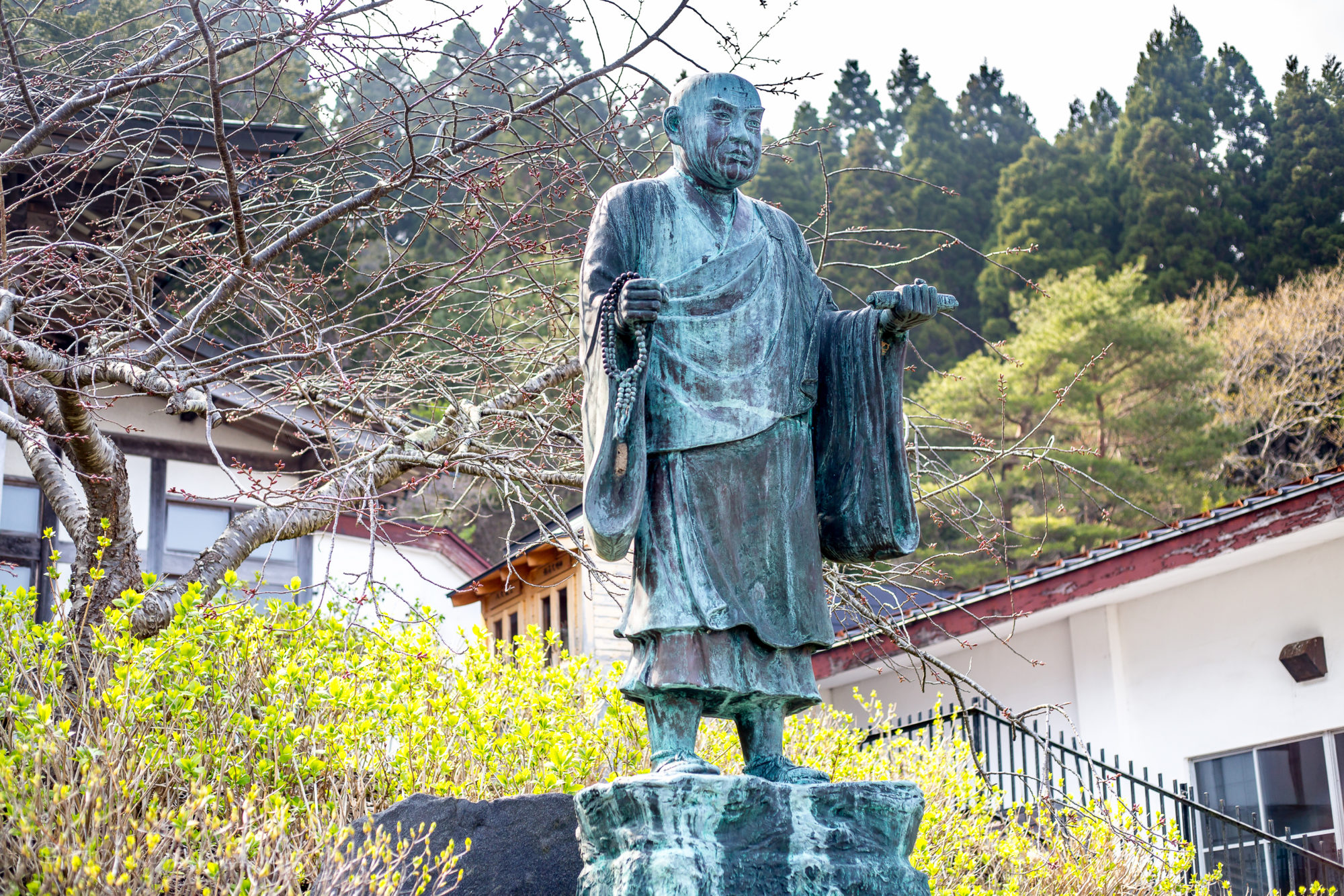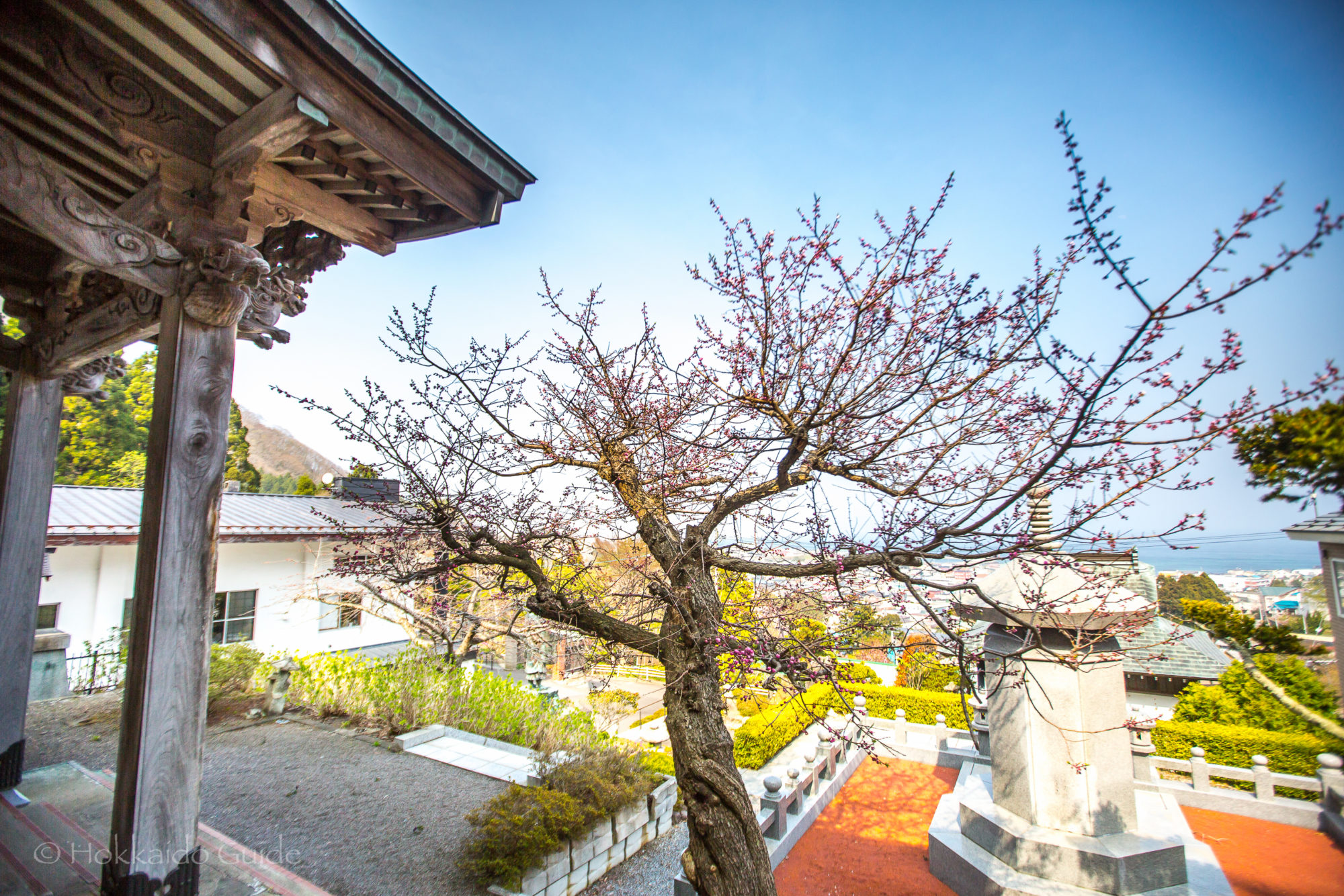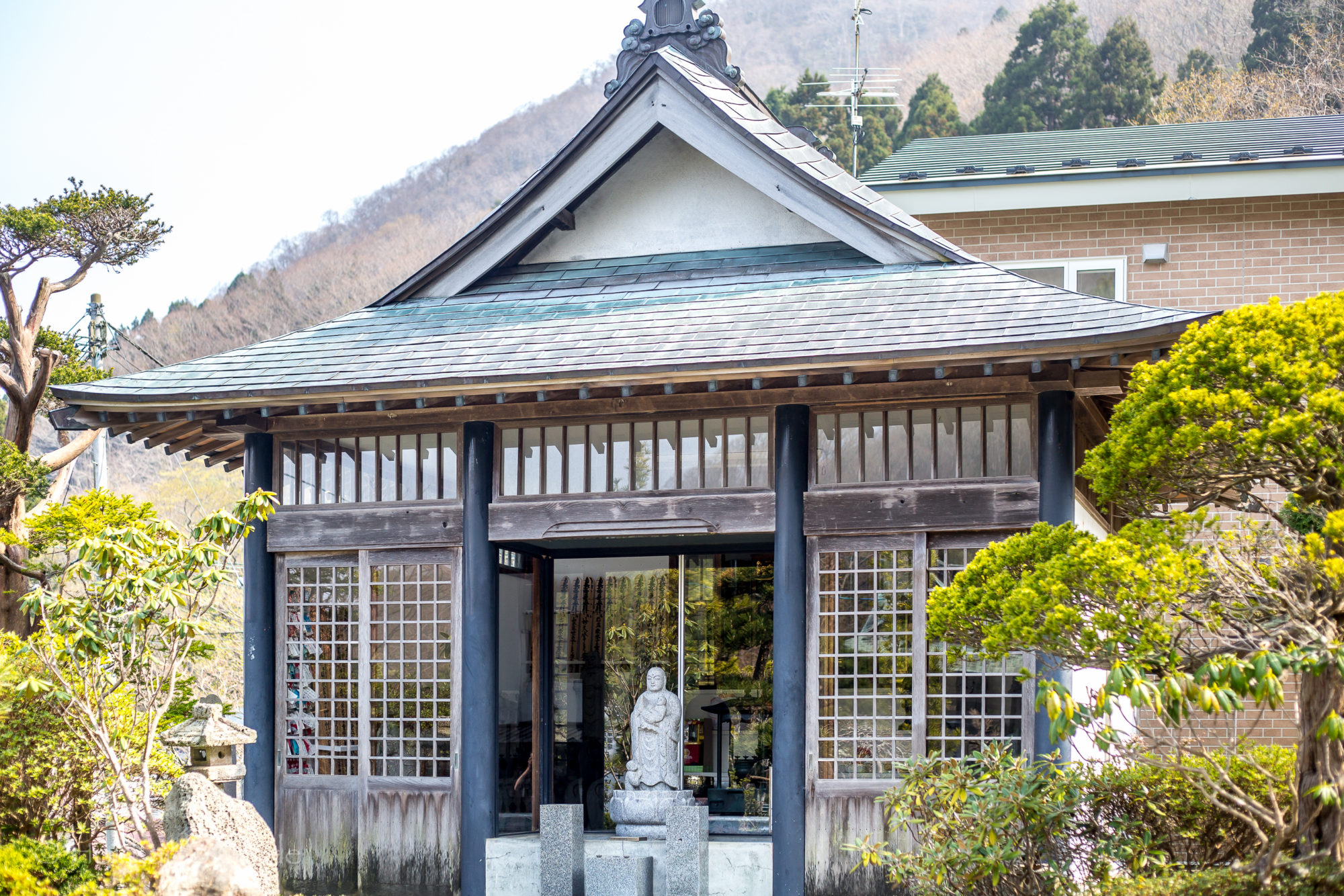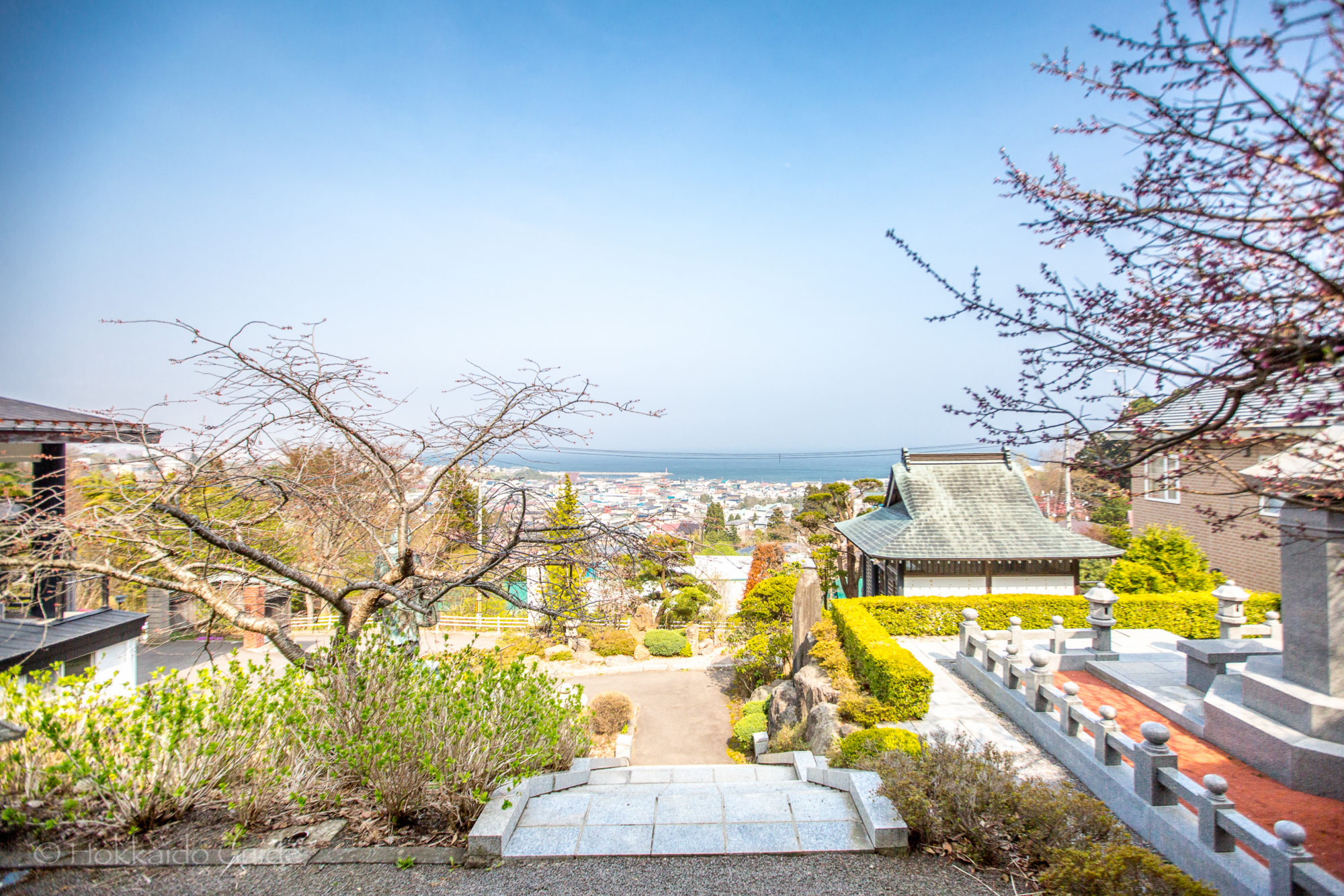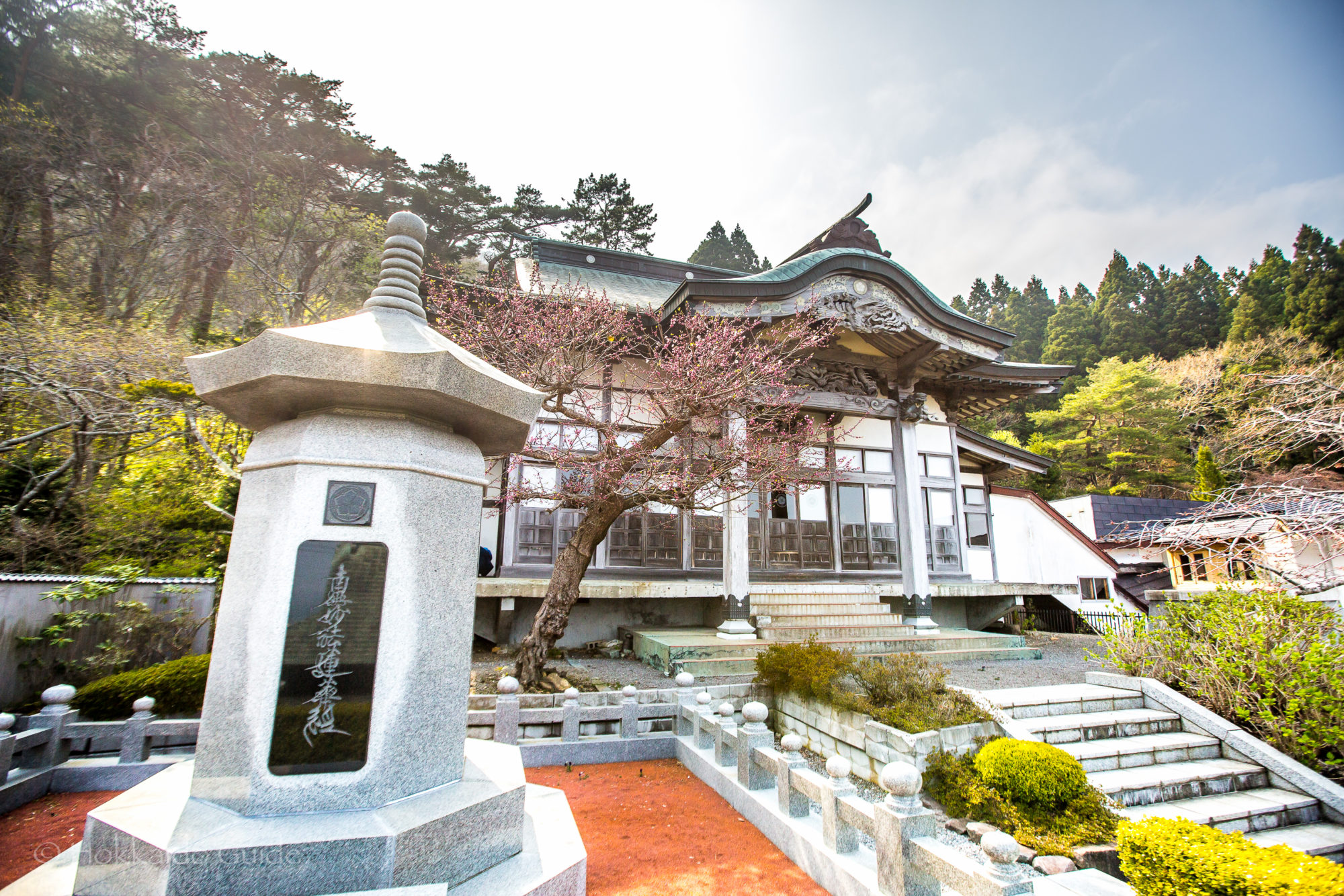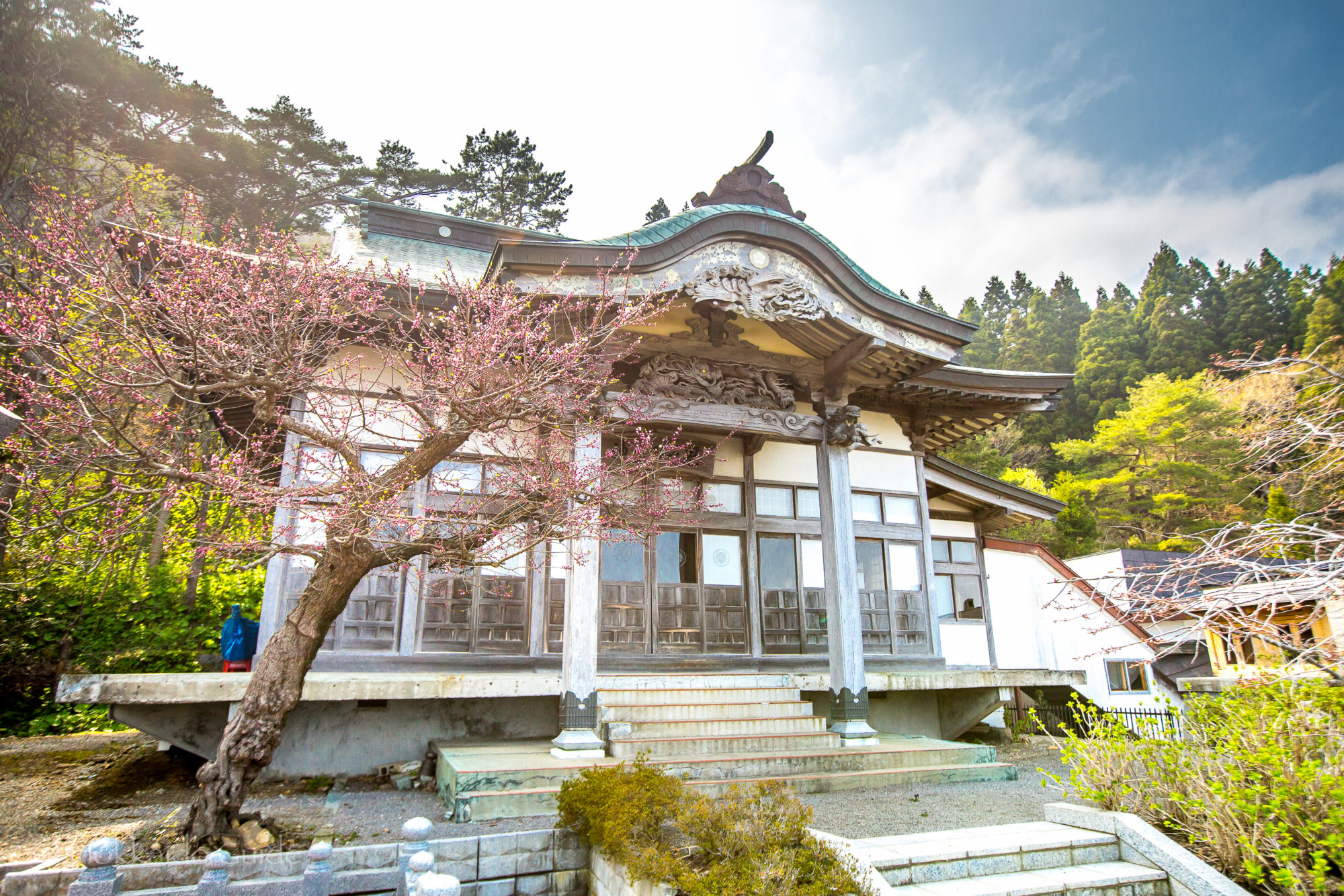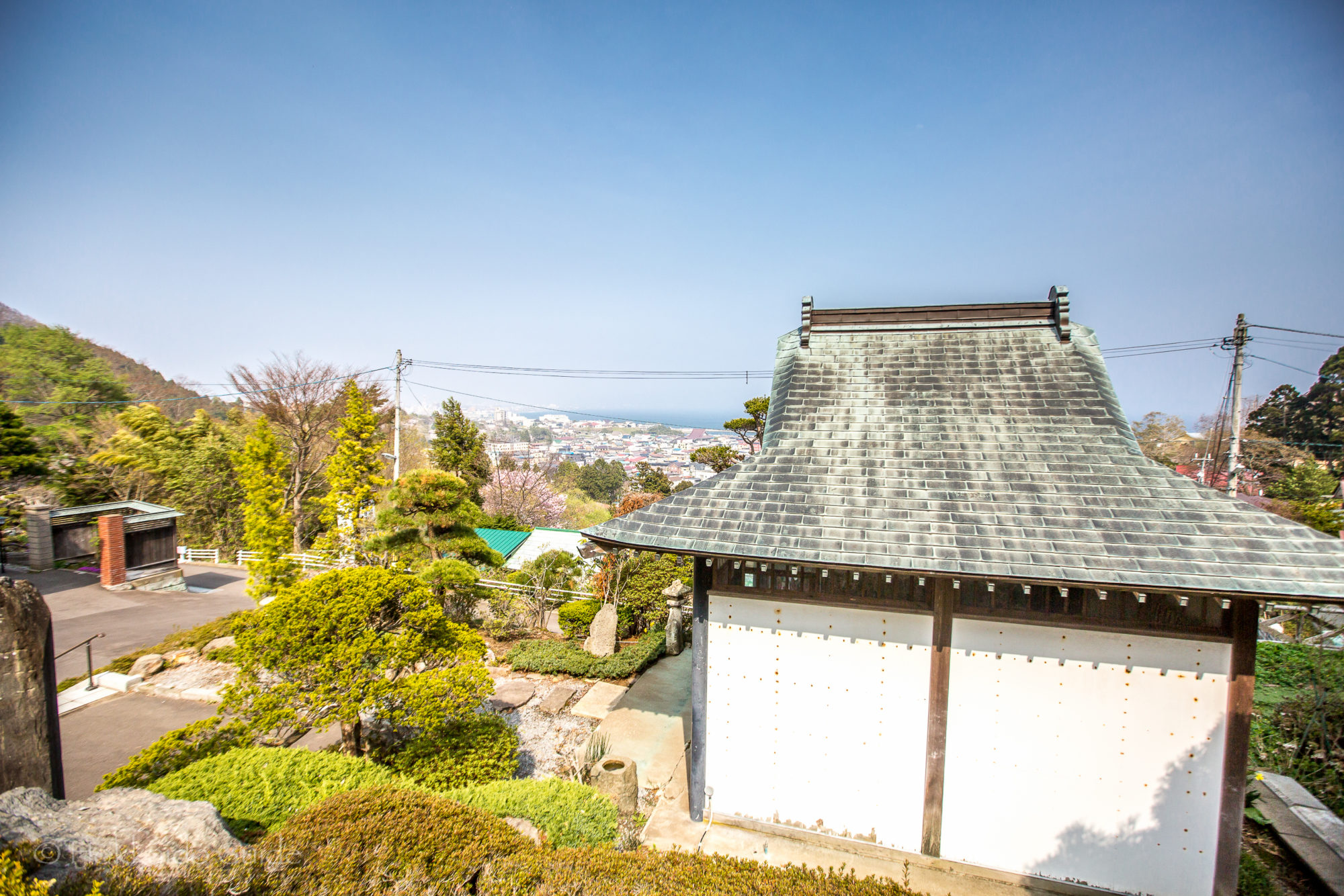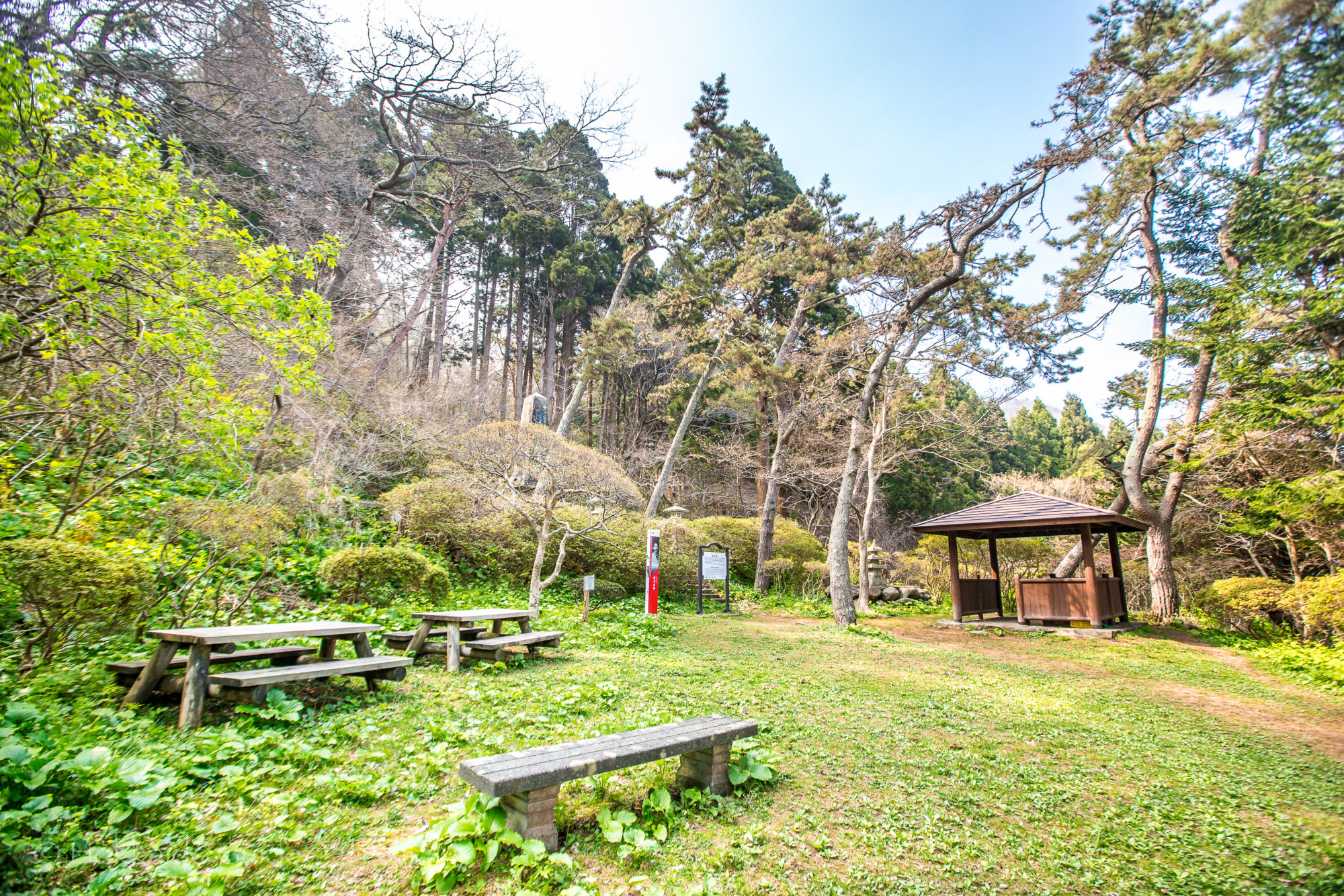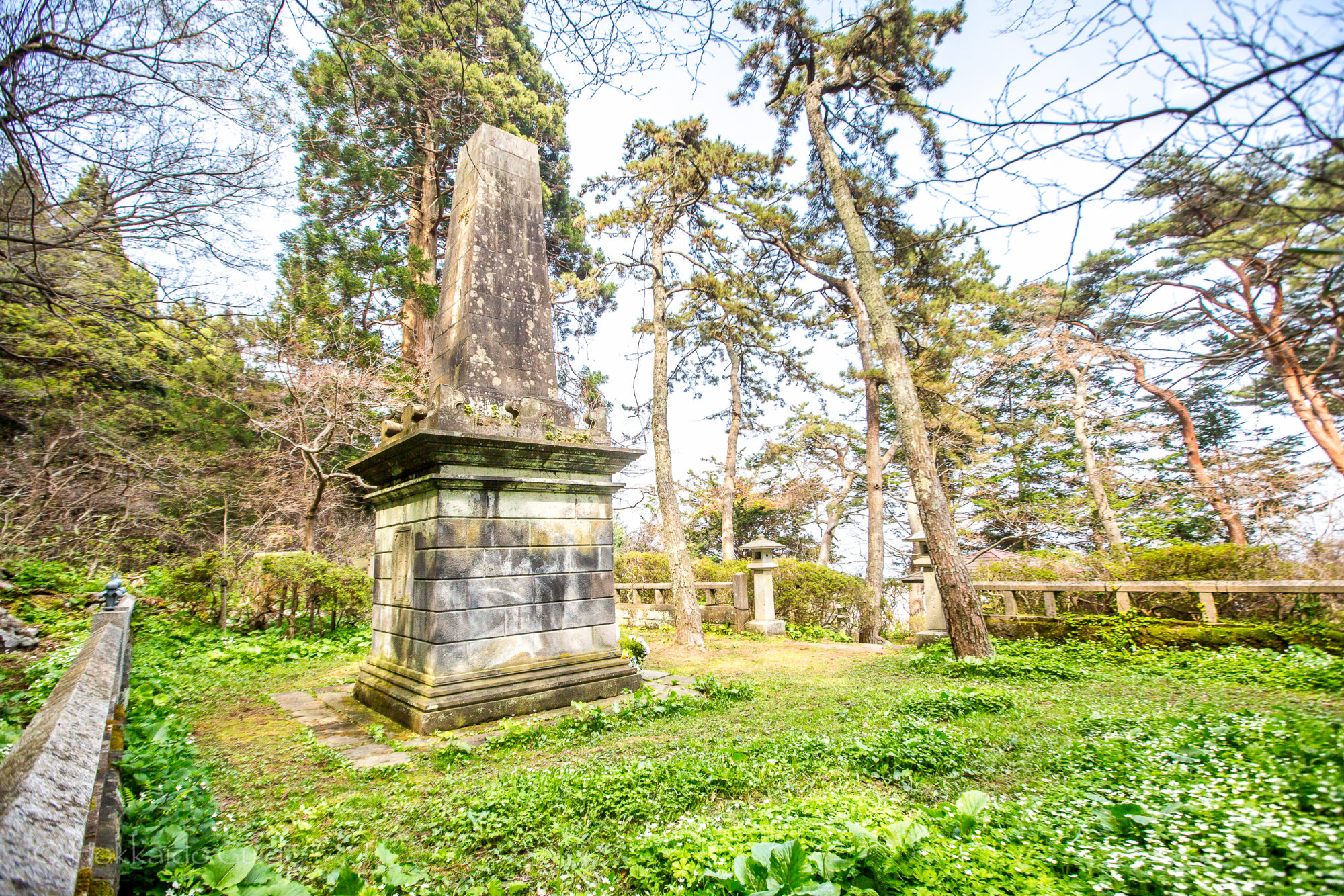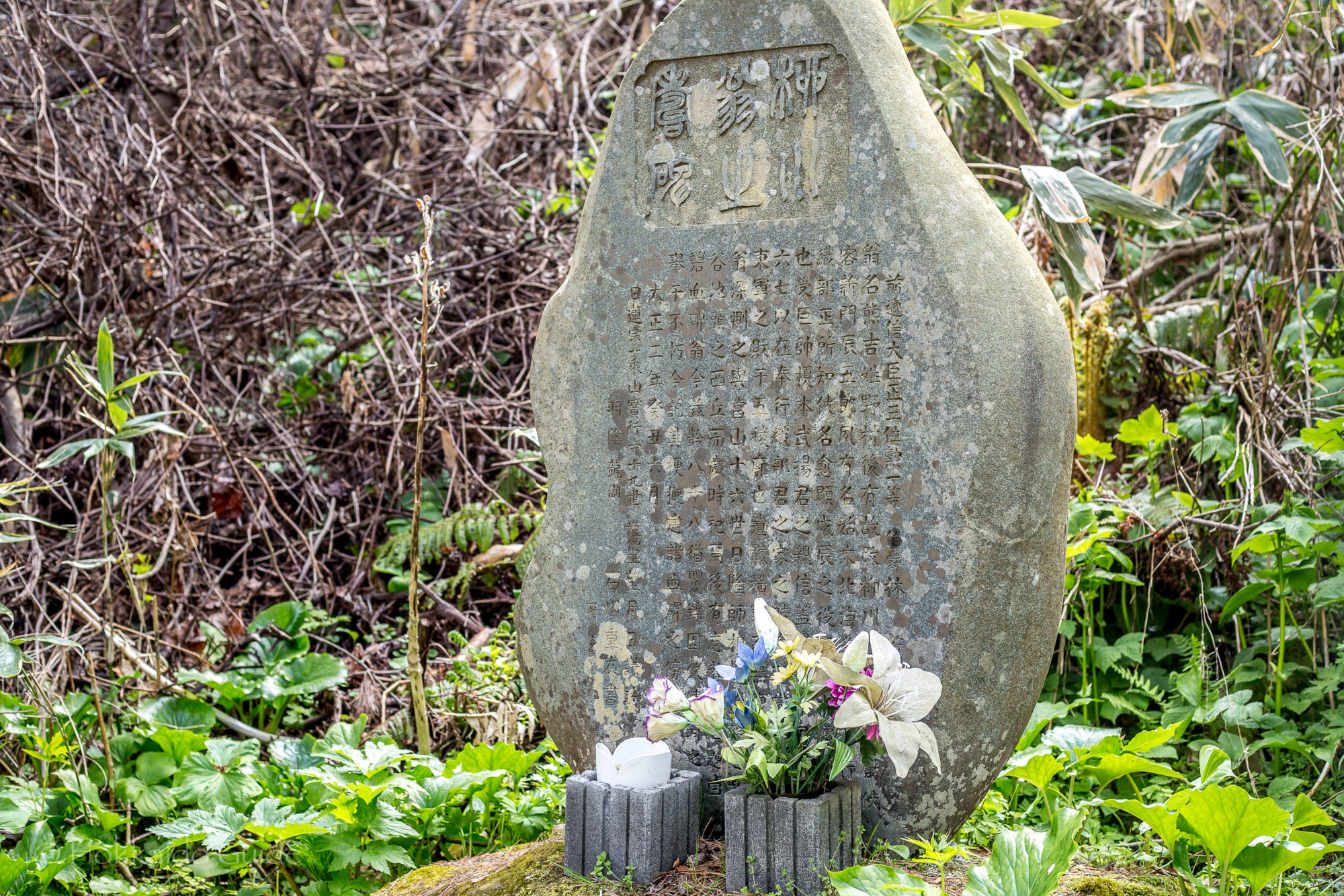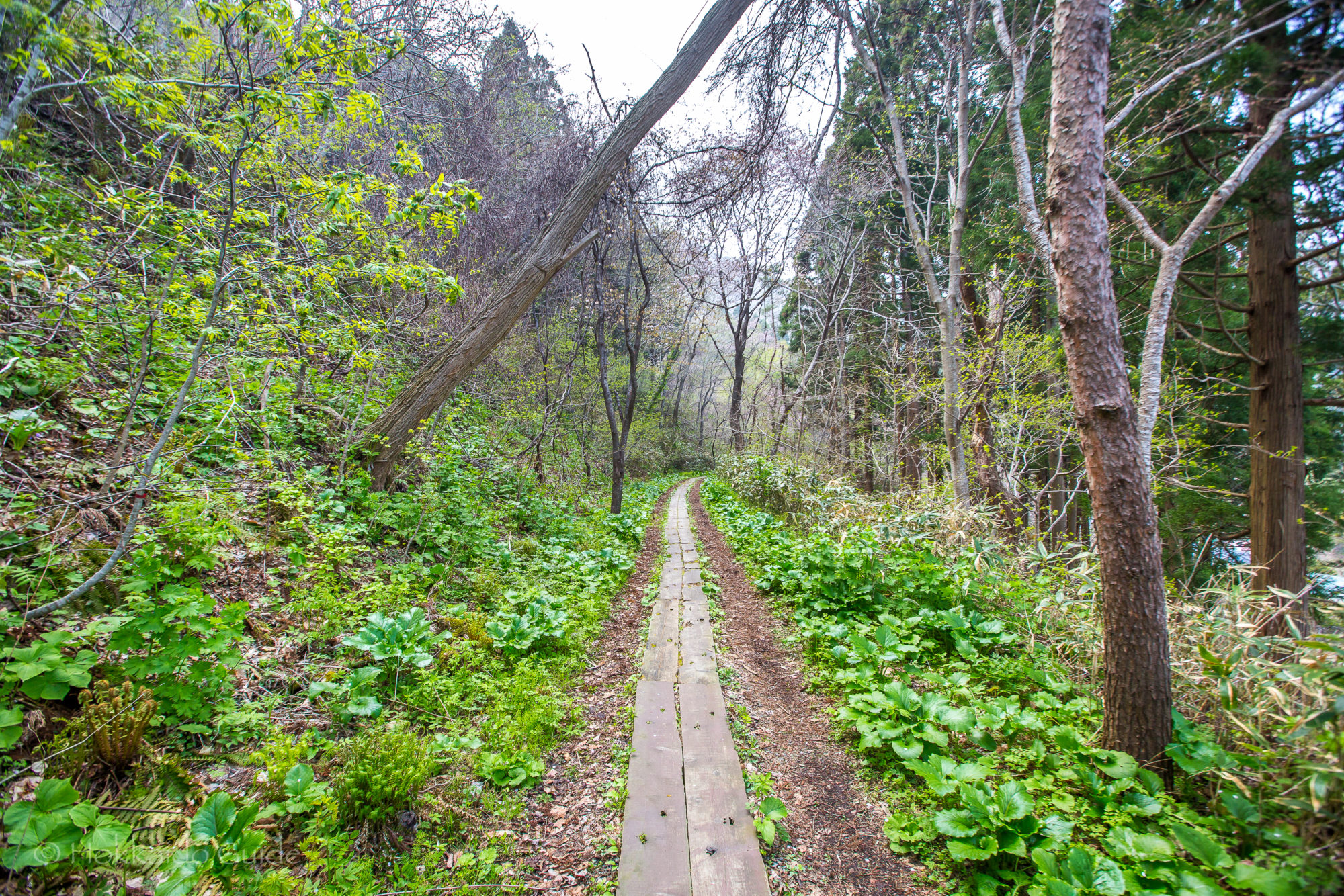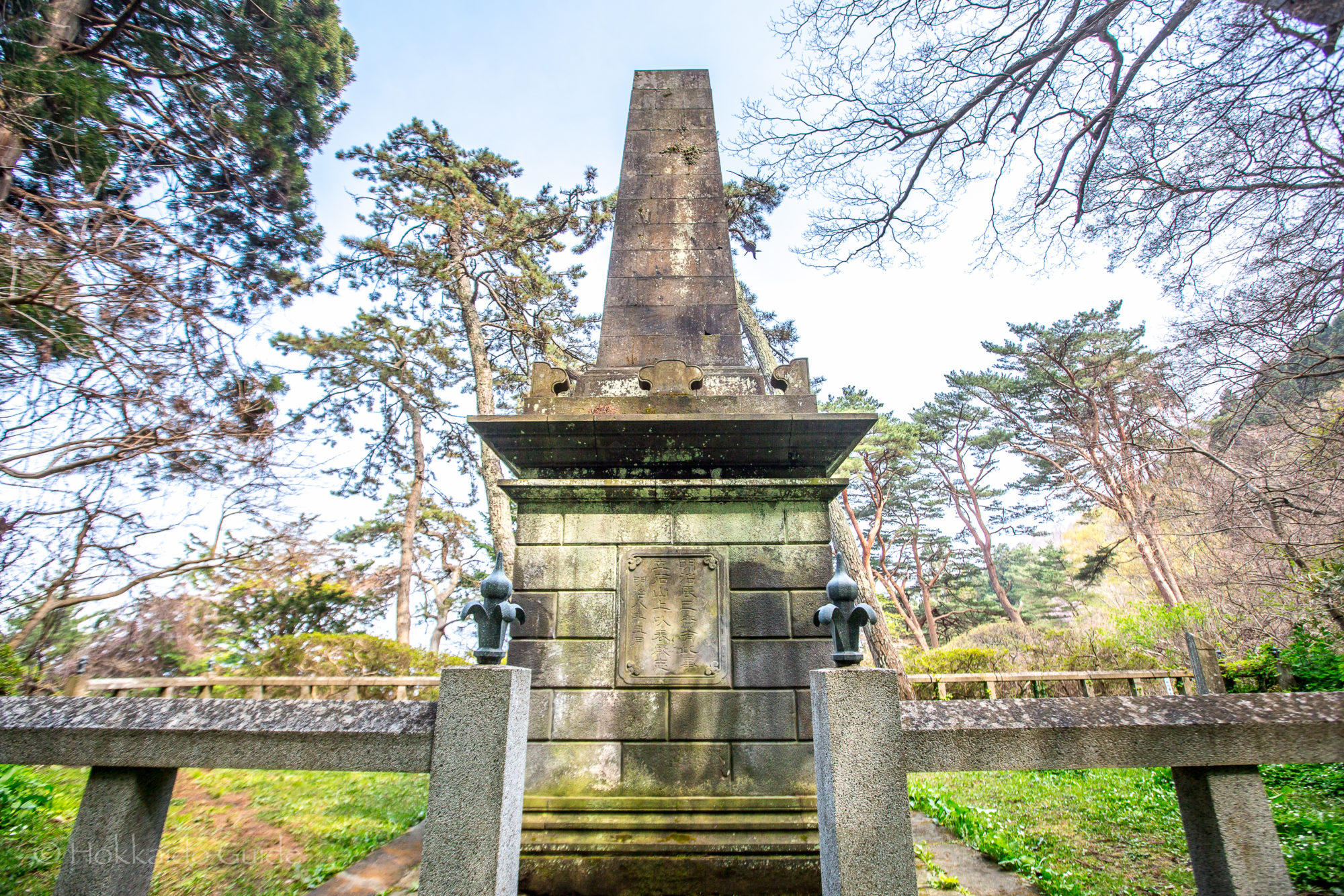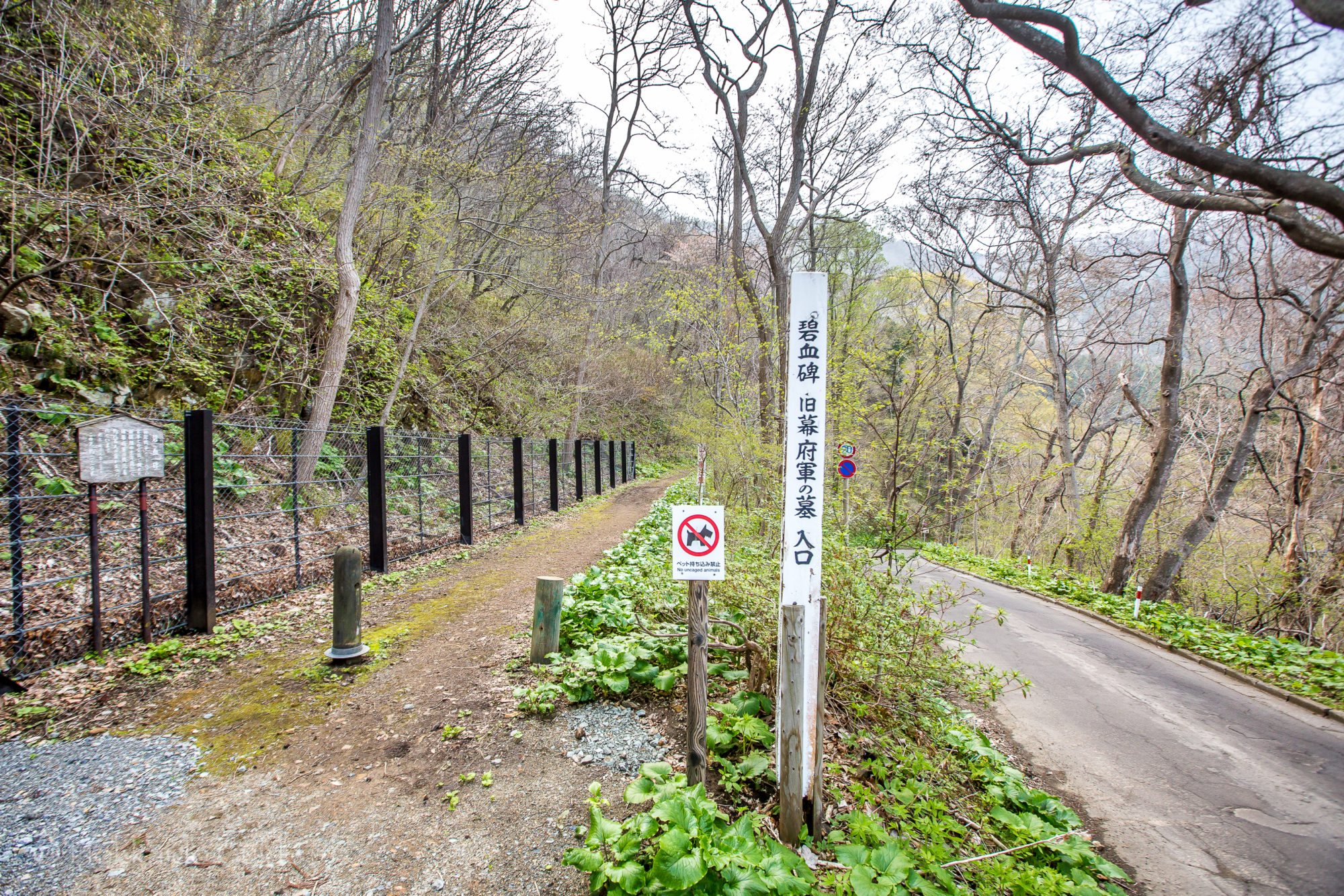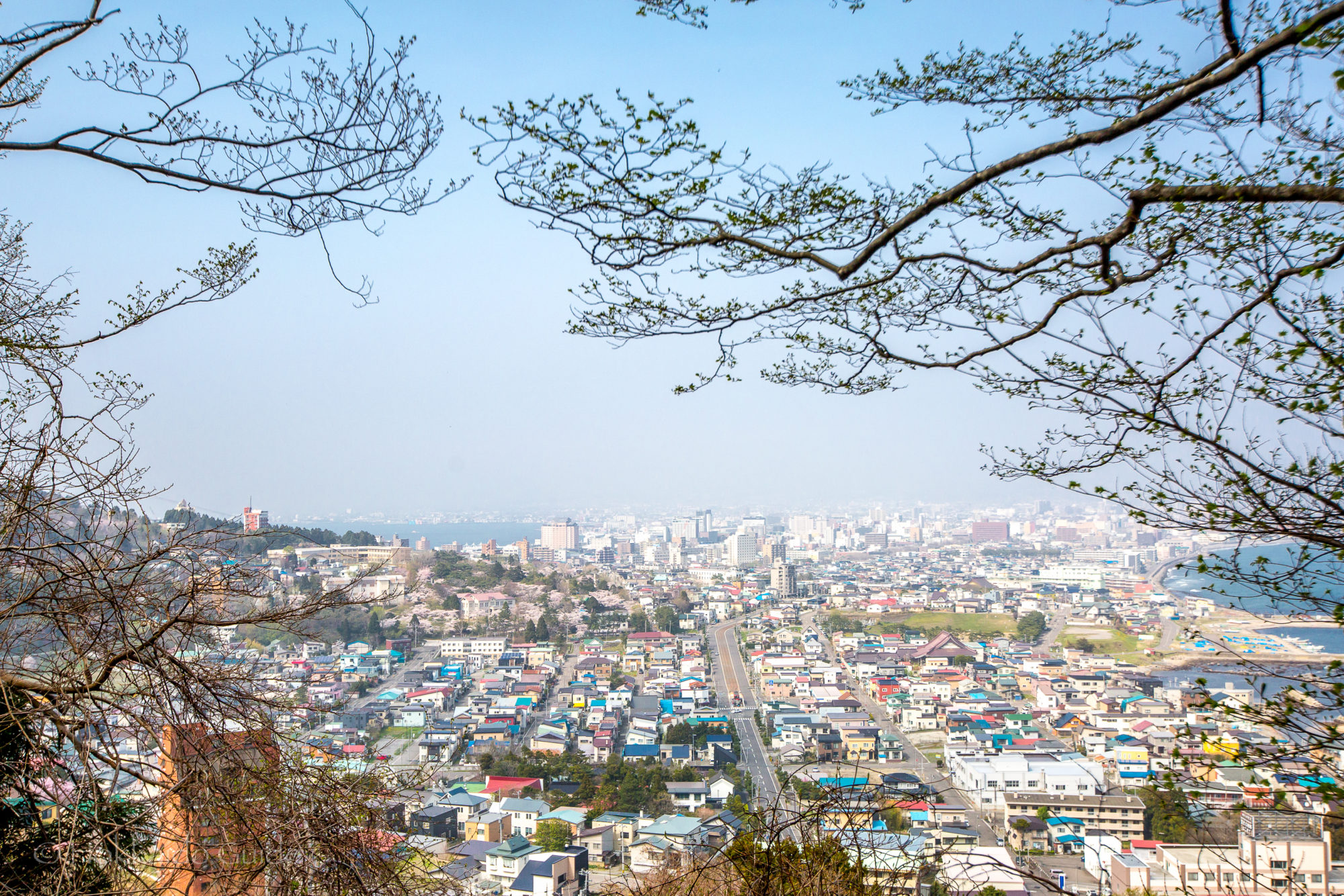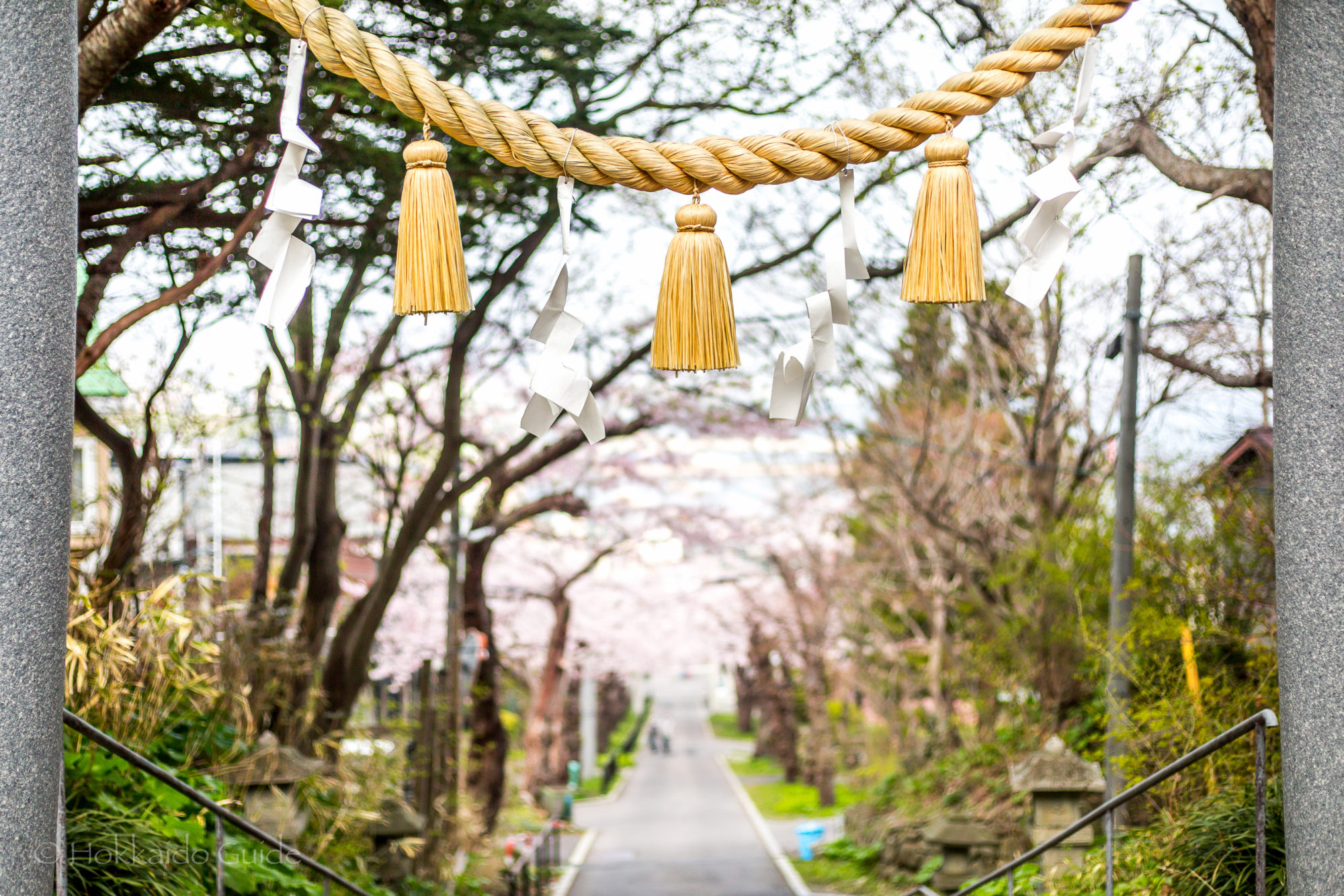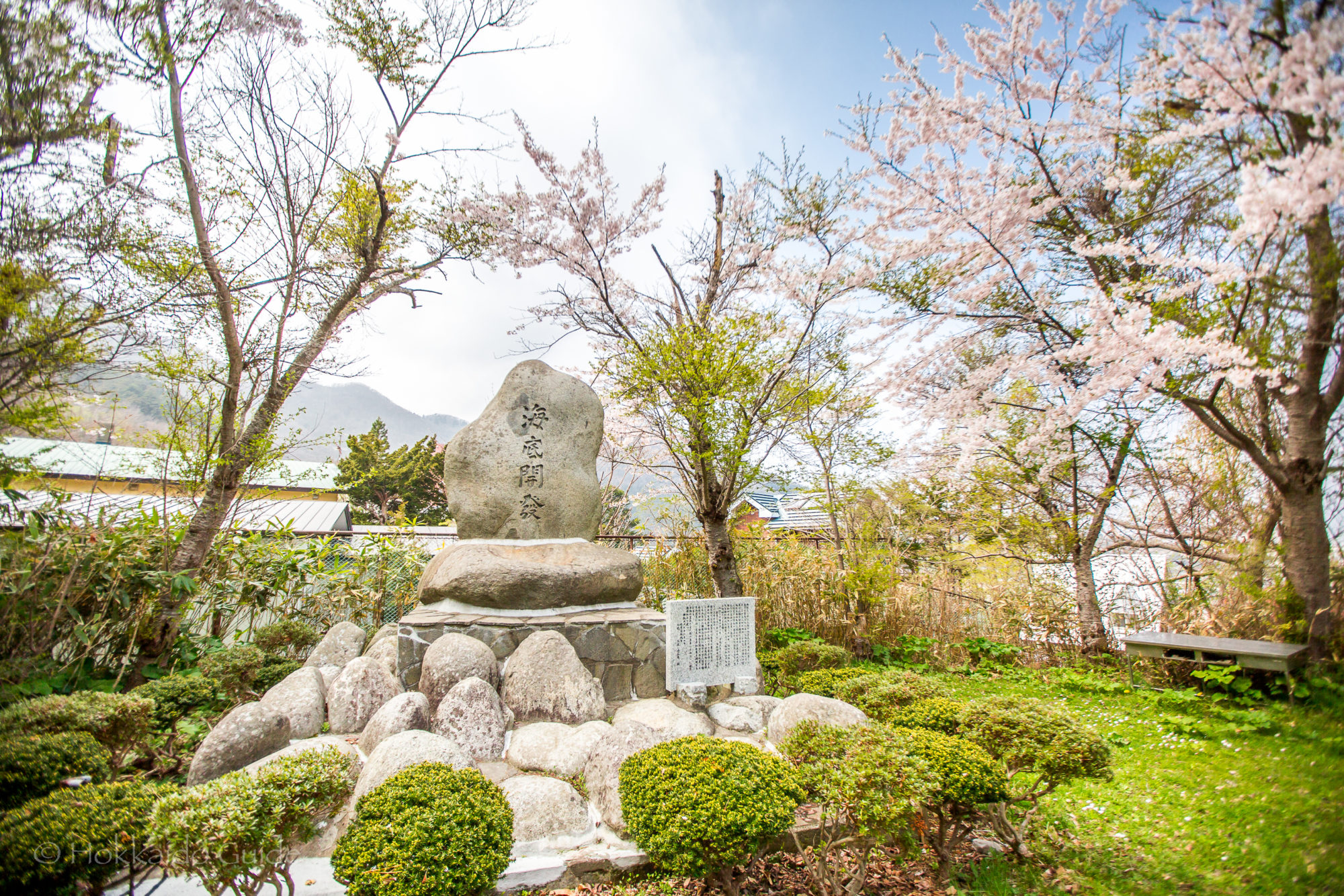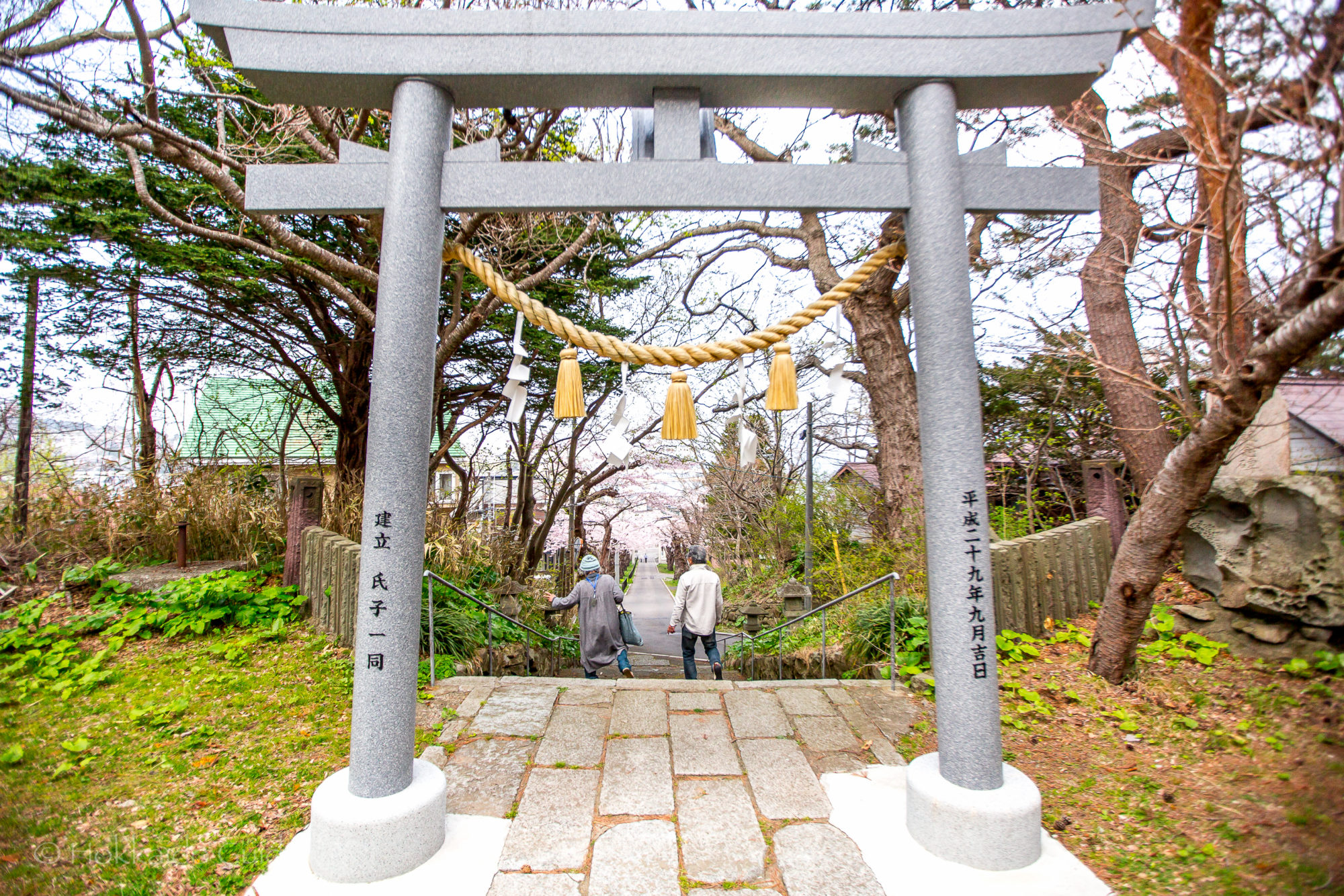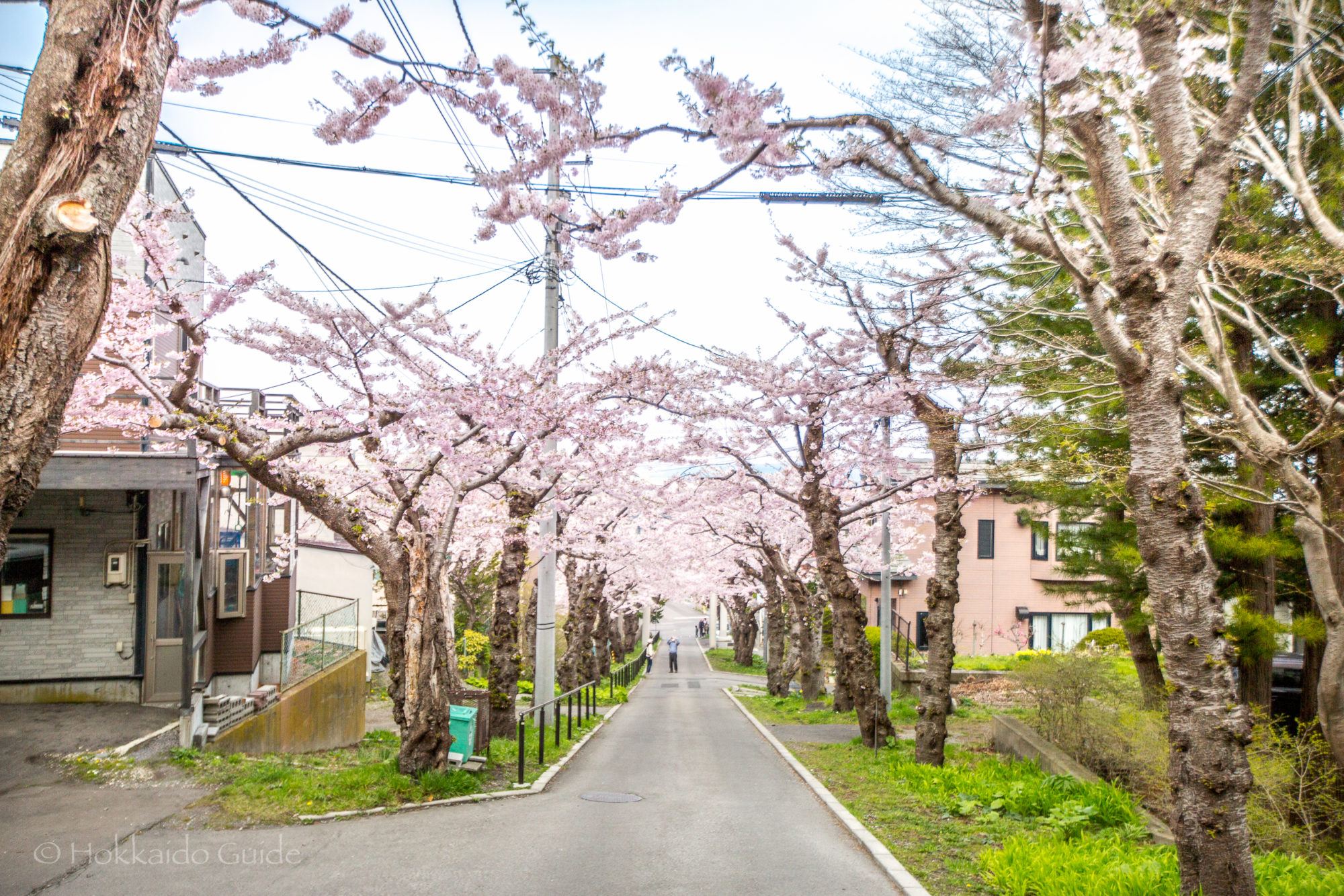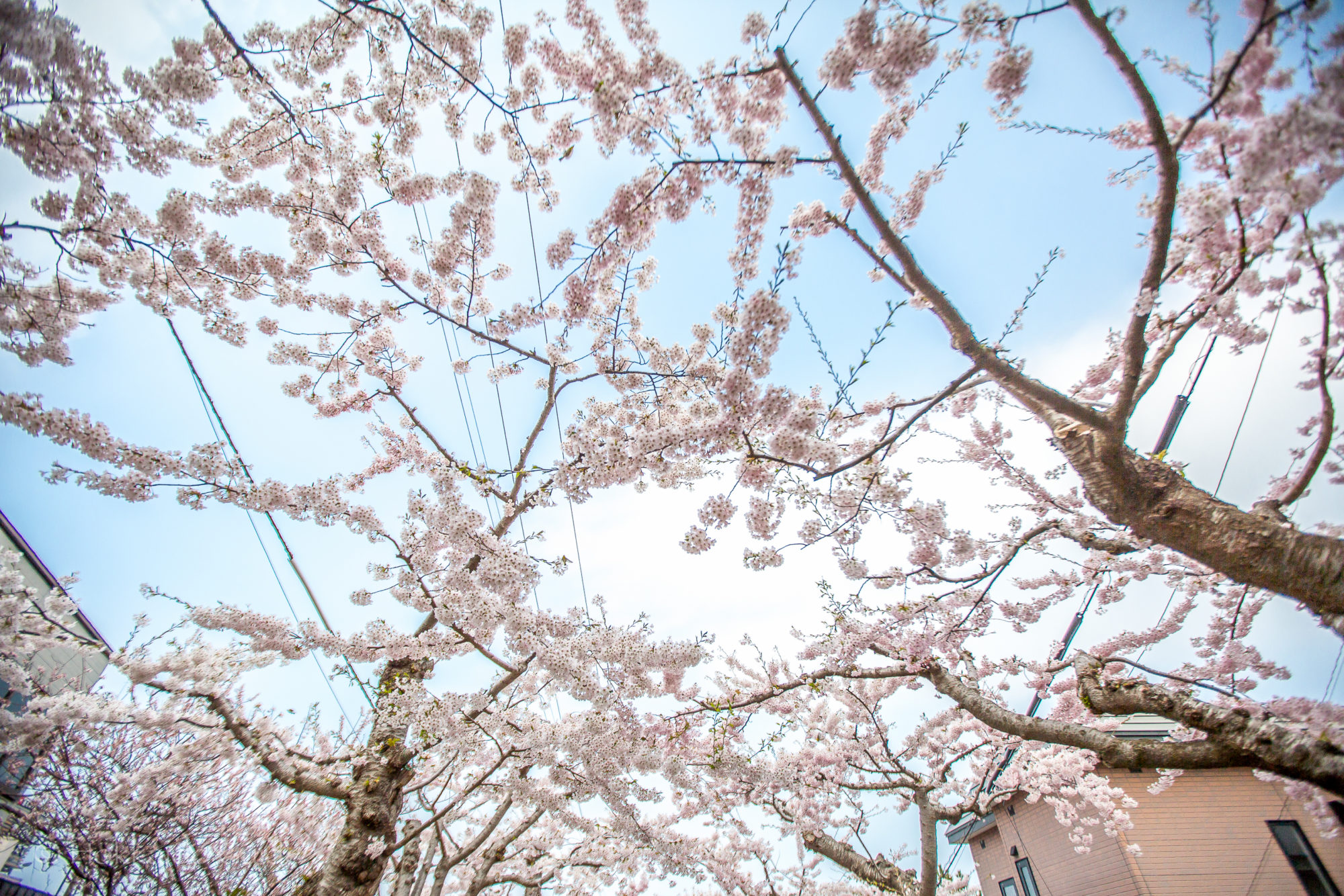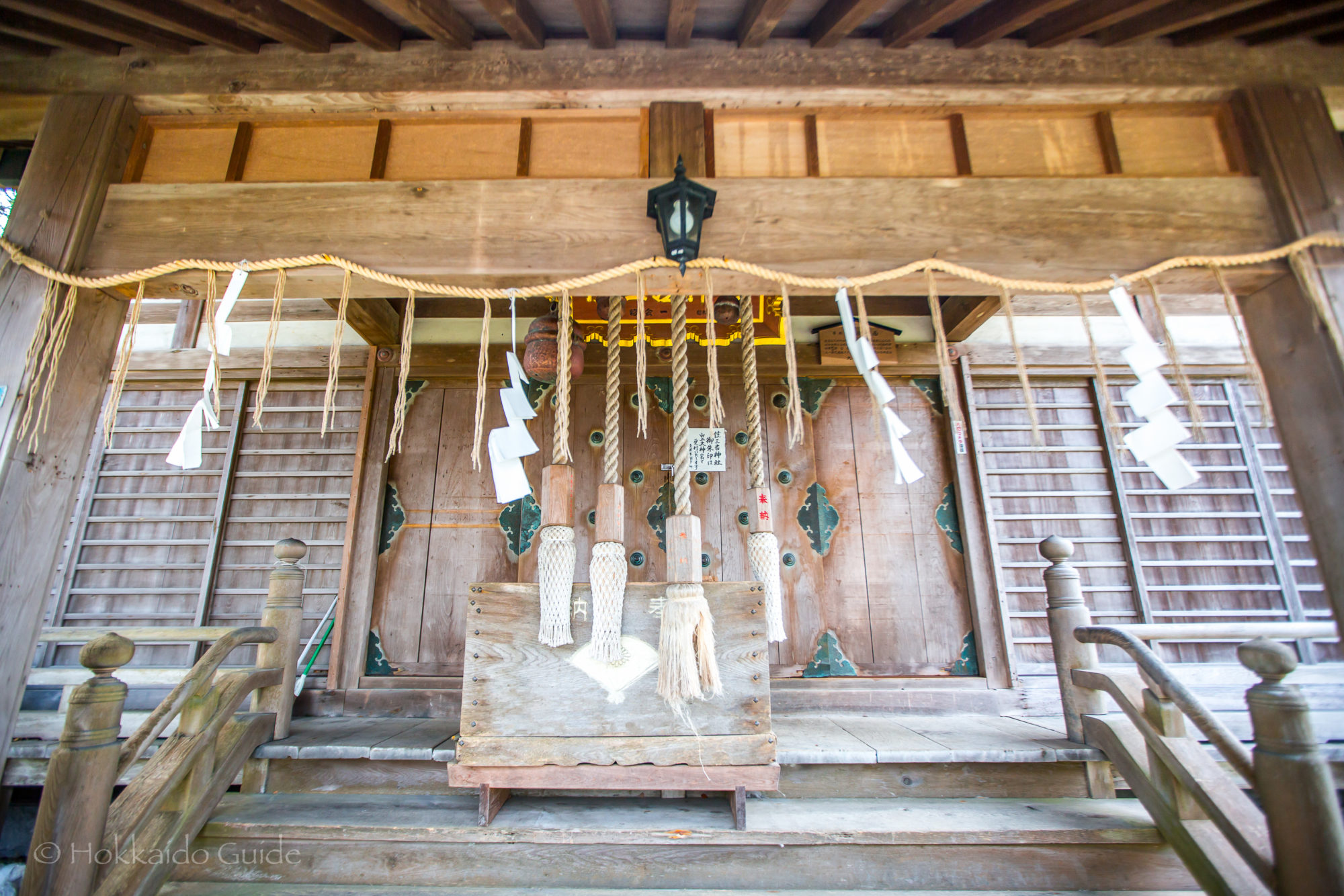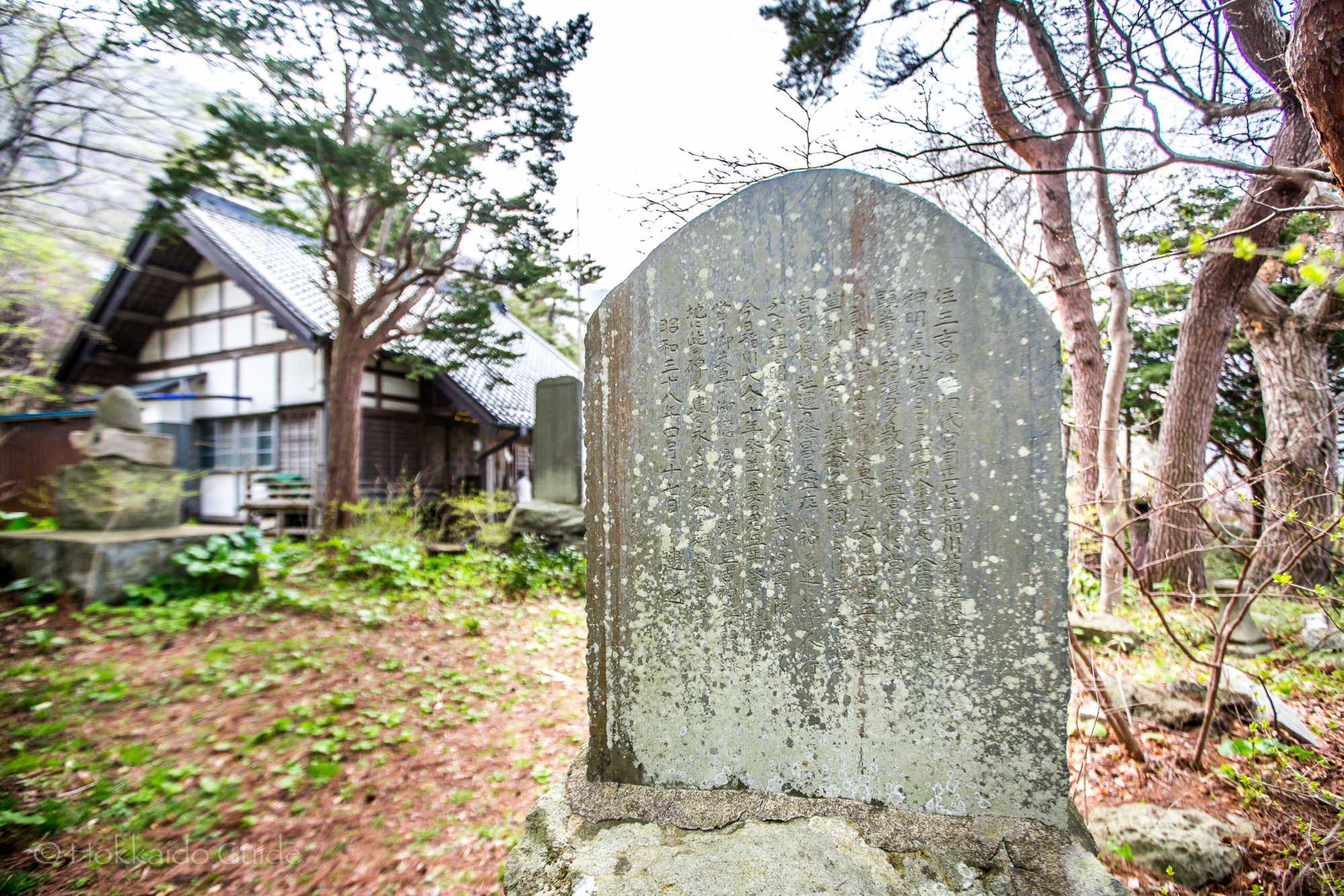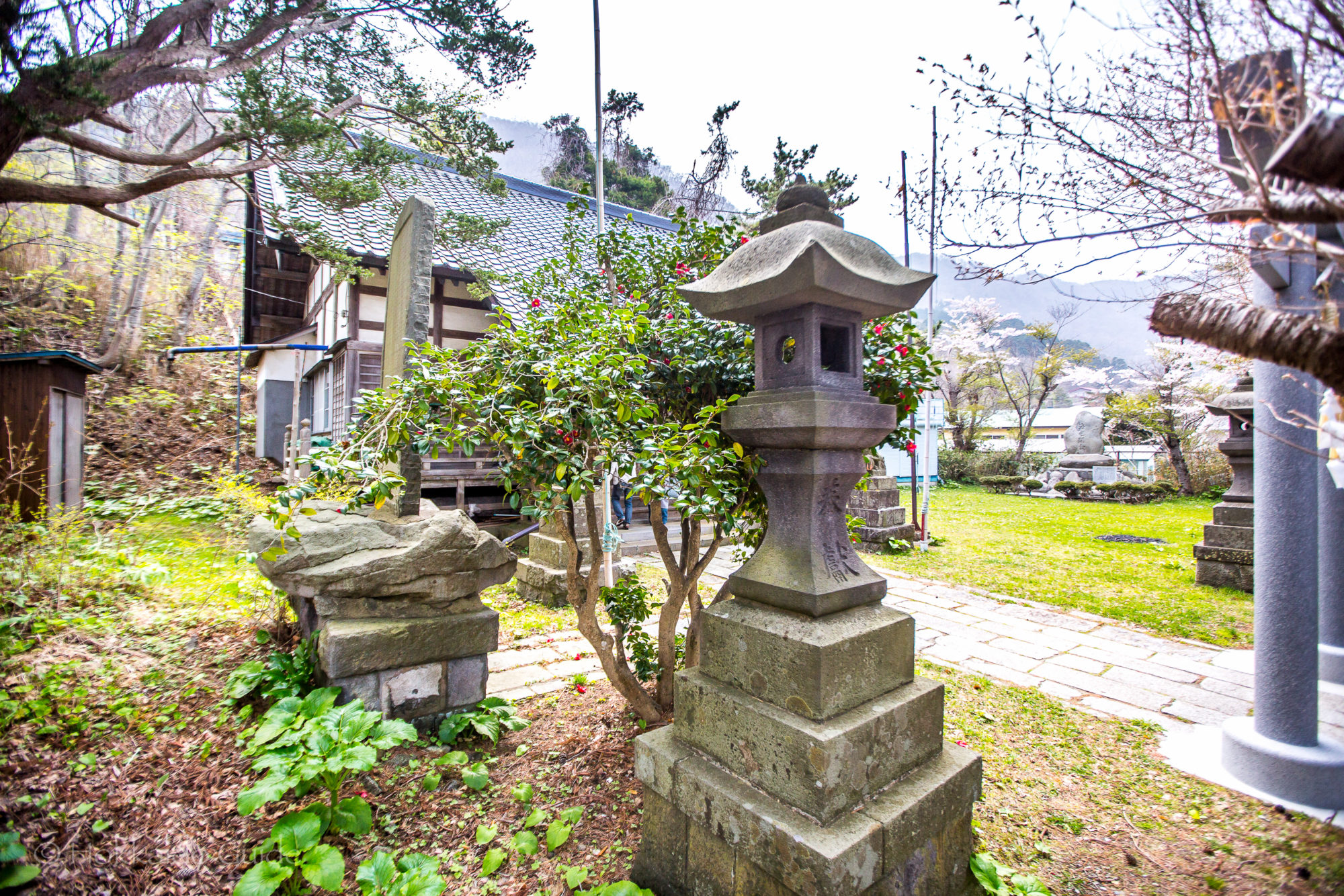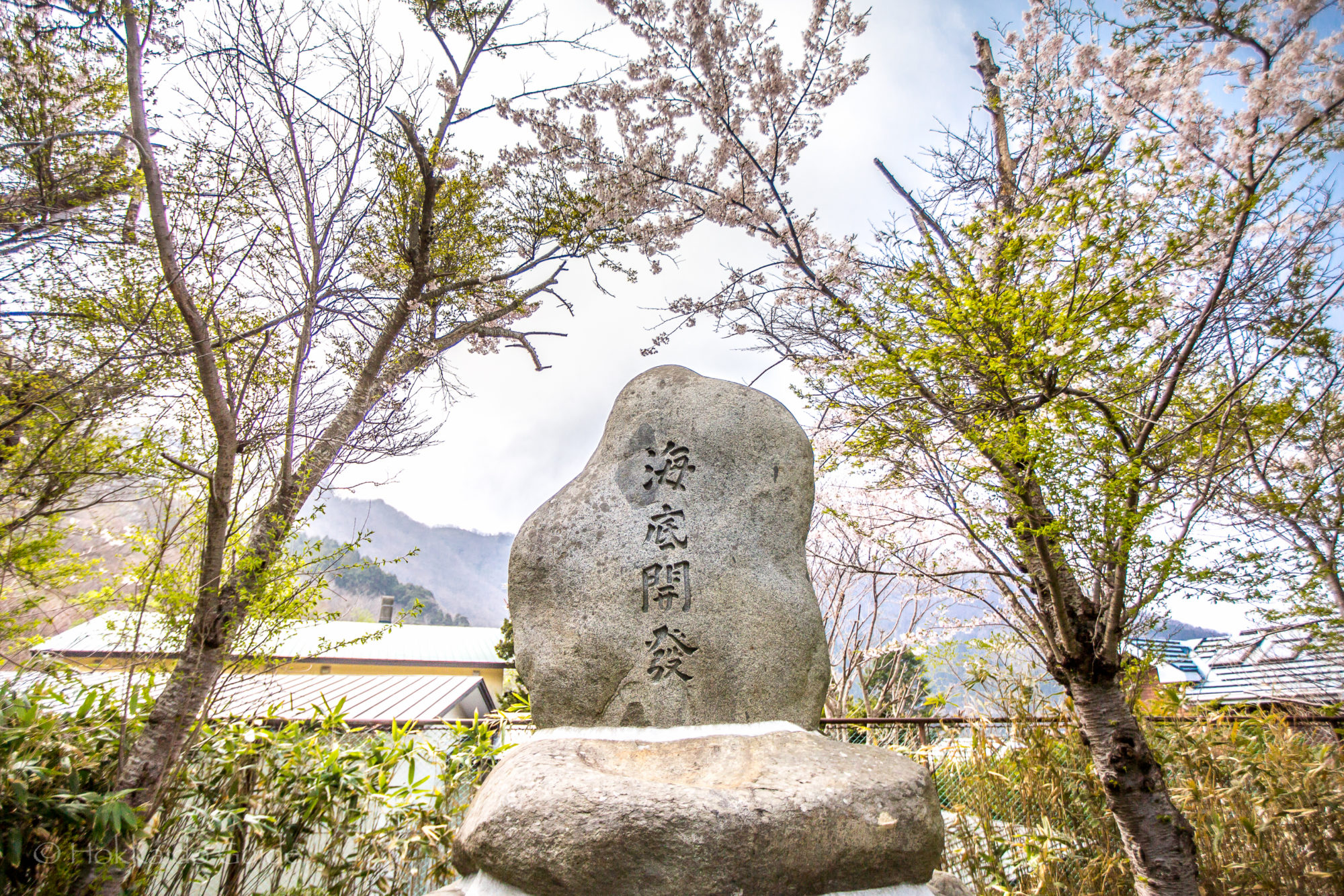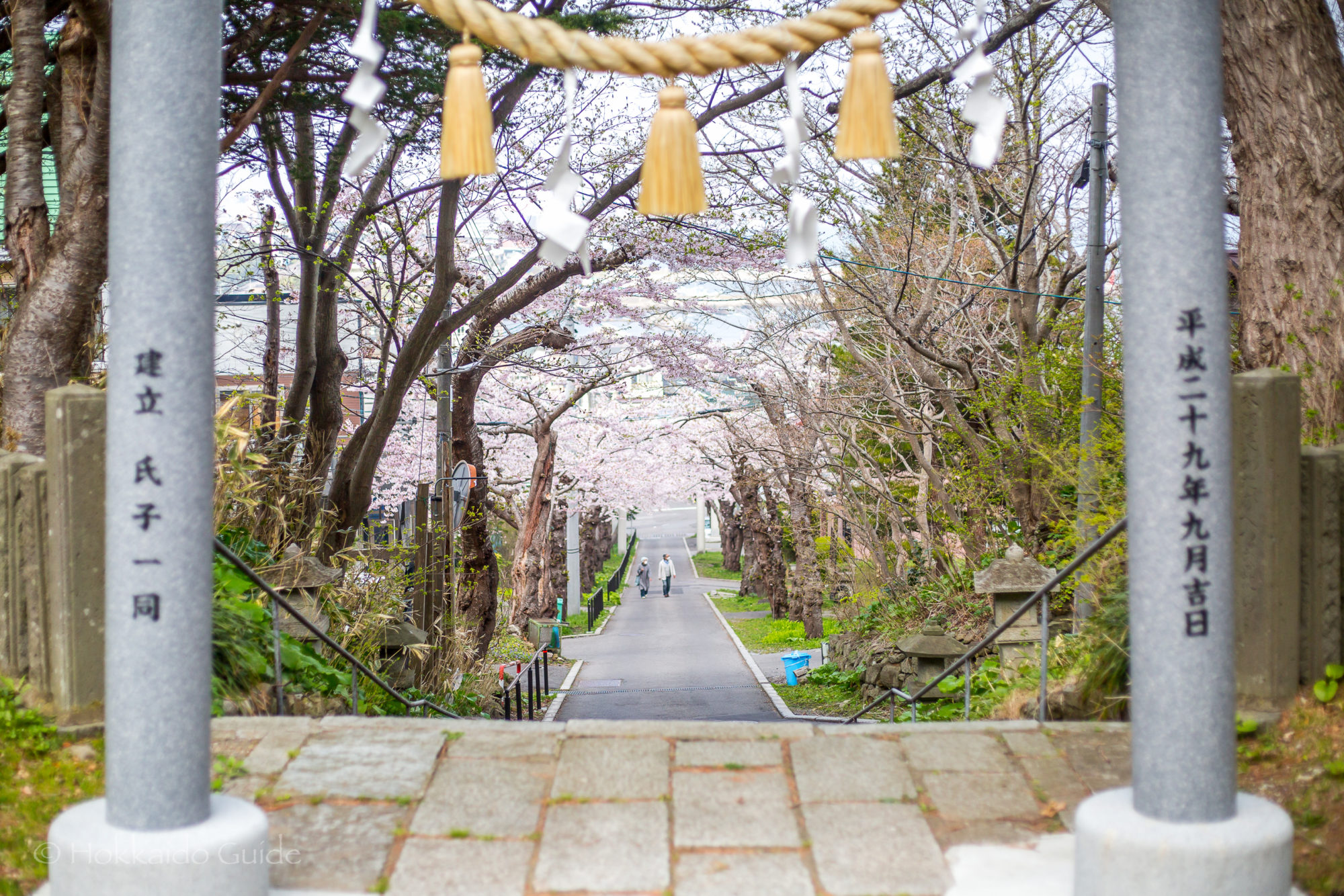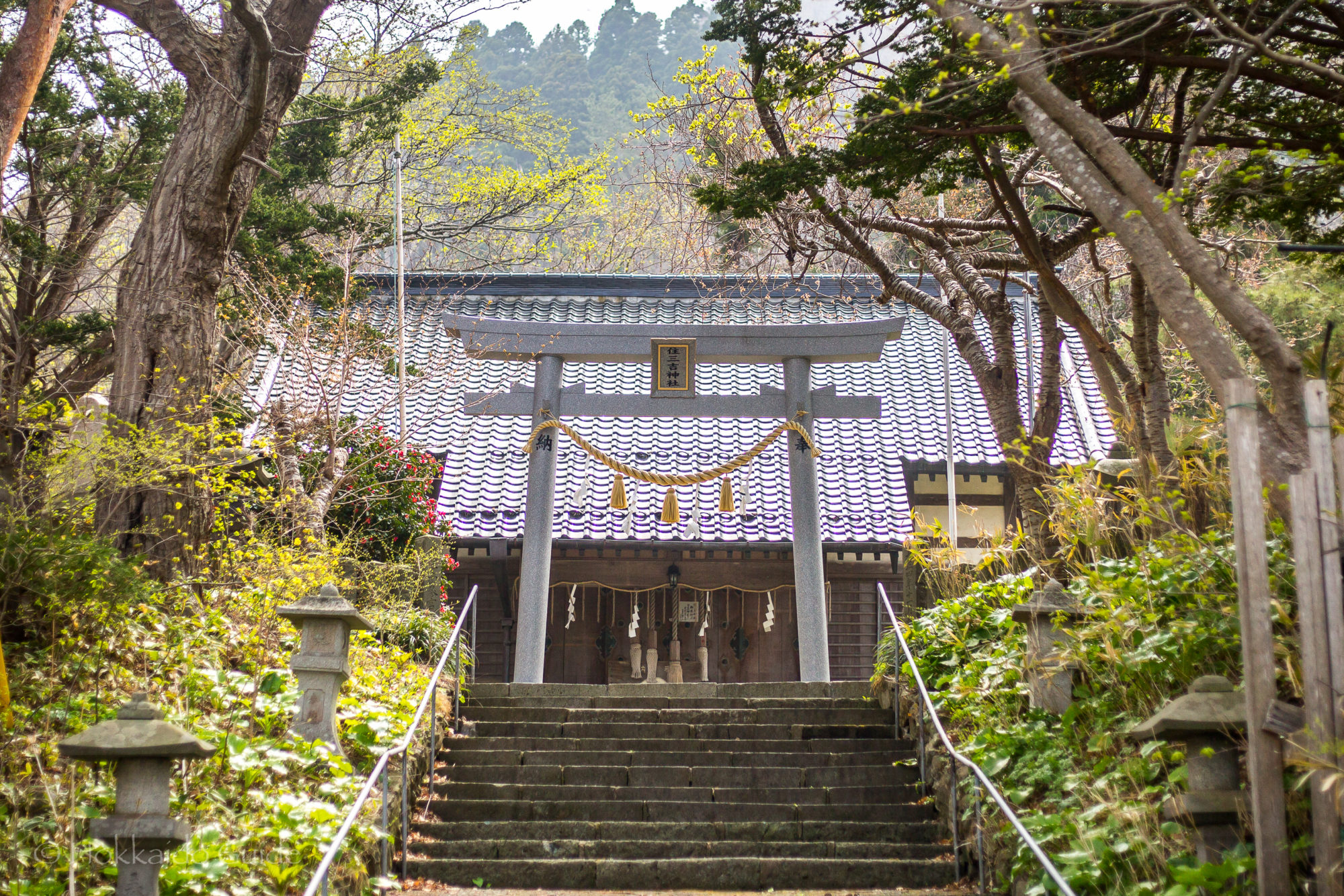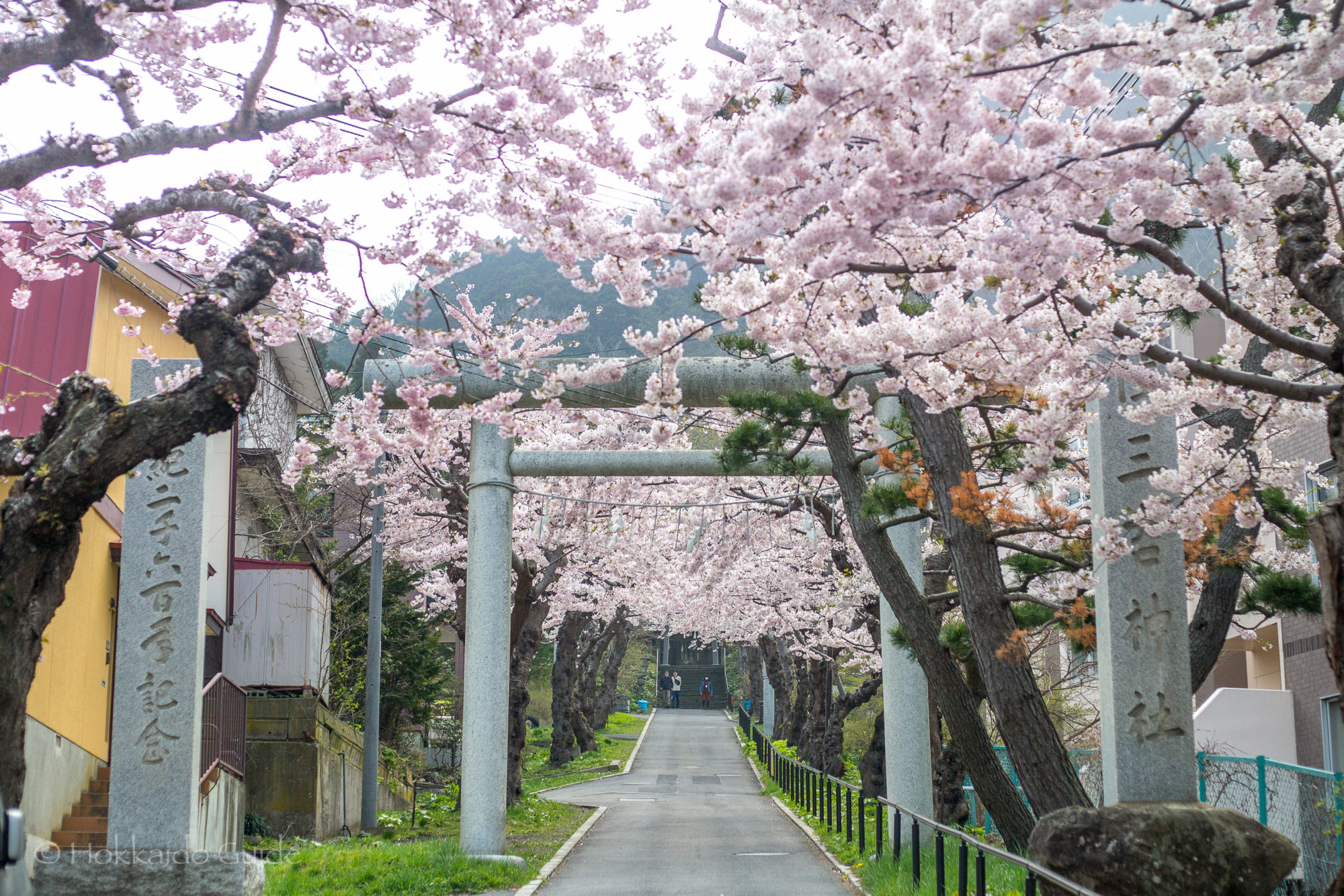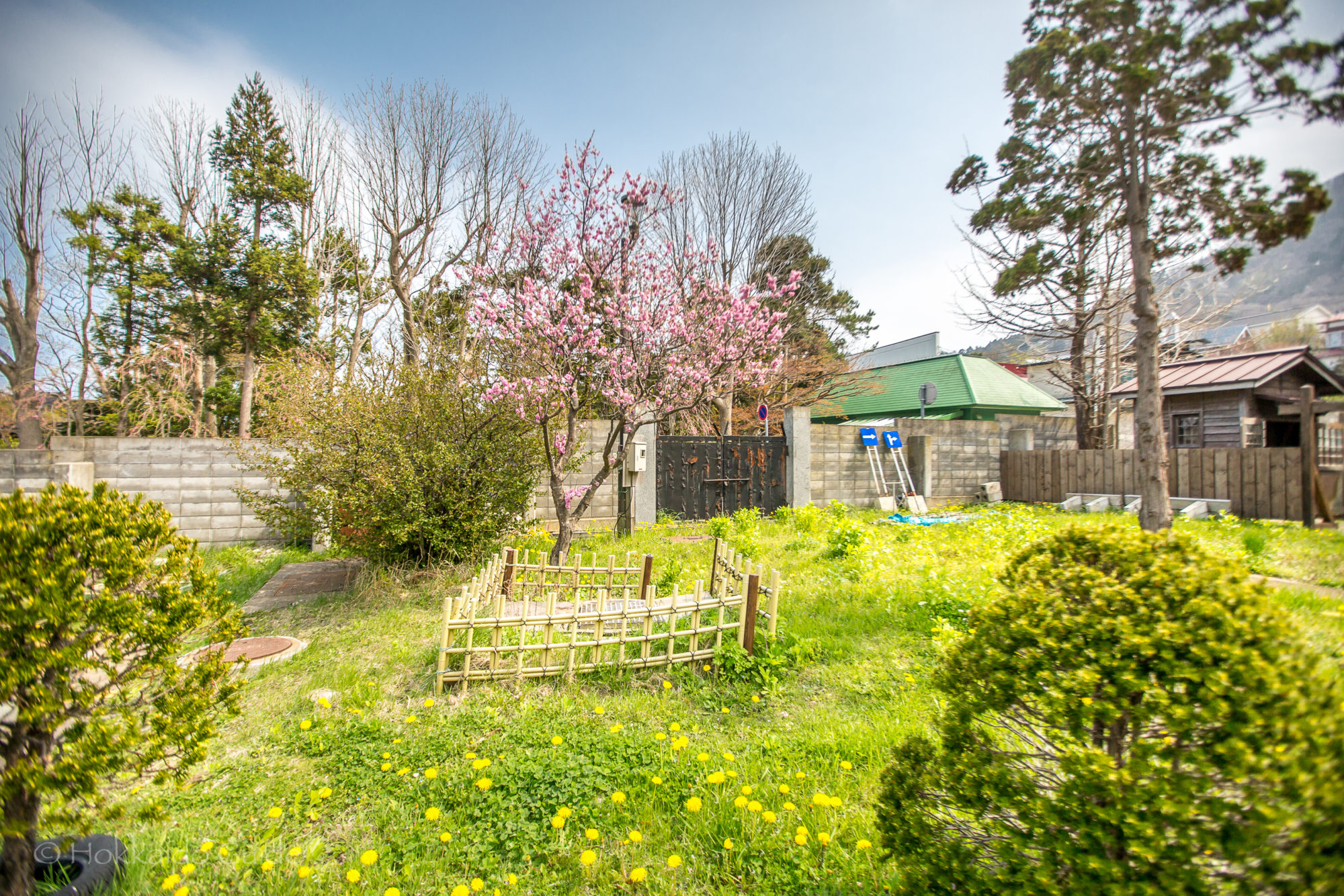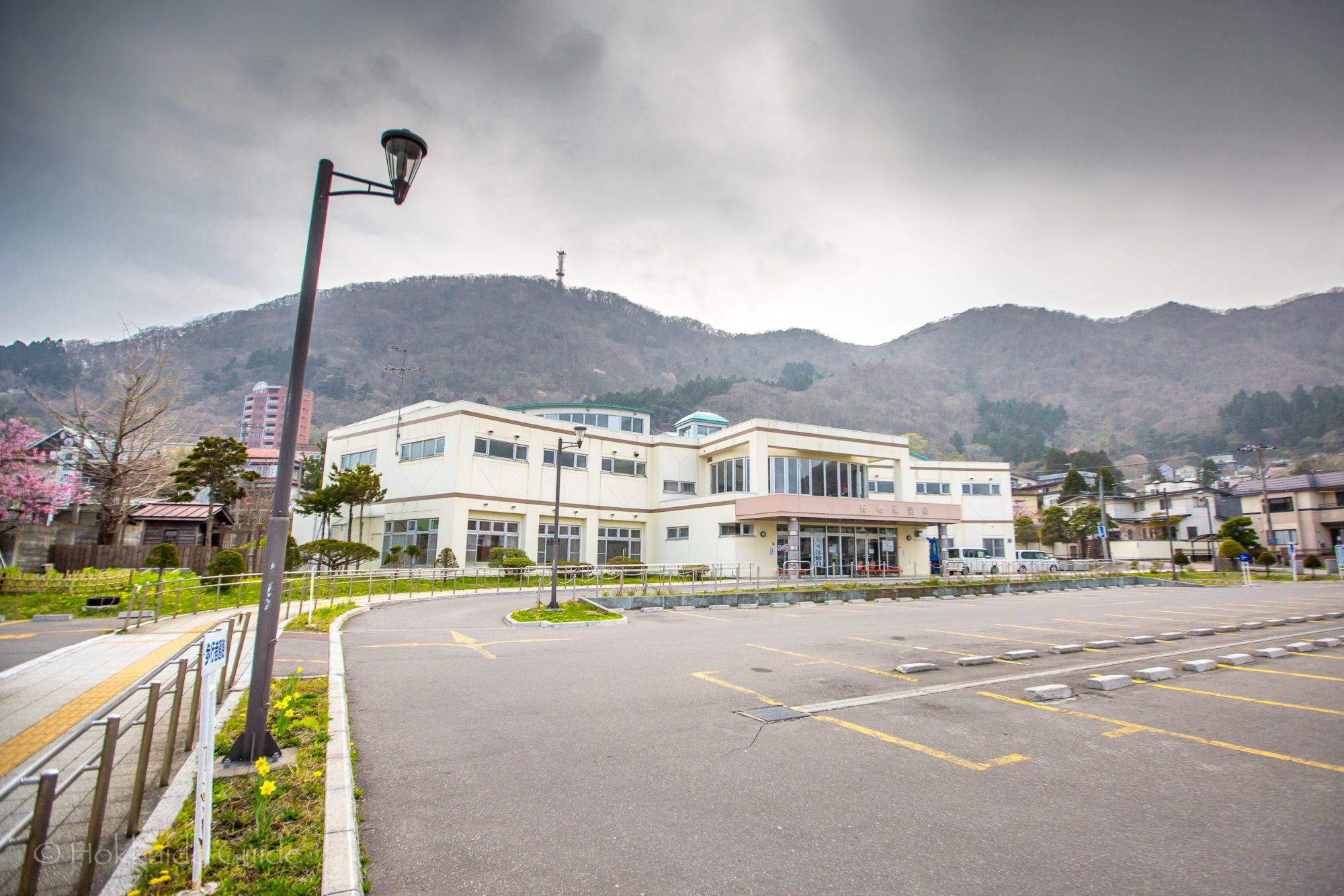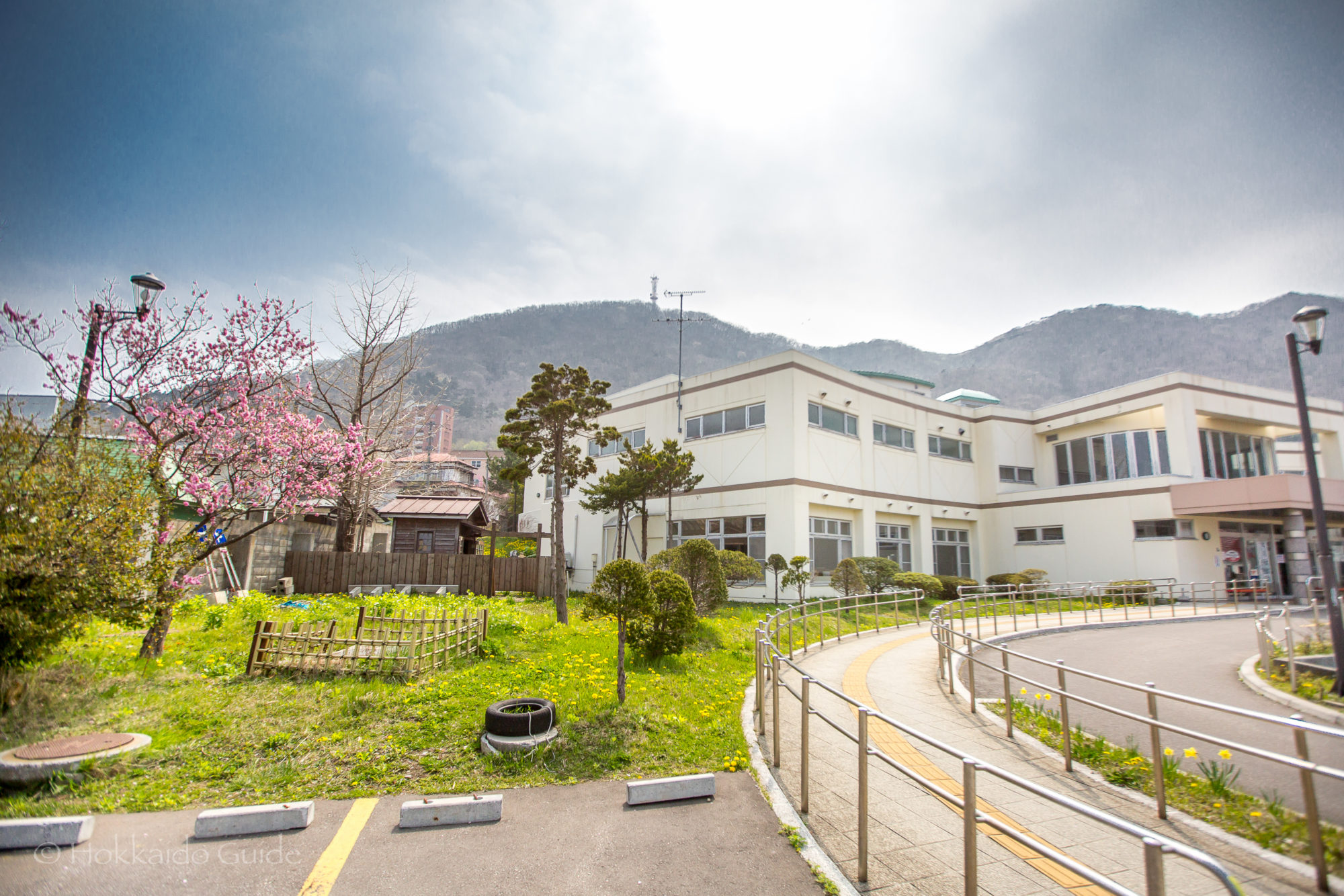
Tag: Hakodate

Hakodate

| Population | 239,813 |
| Size | 677.9 km² |
| Founded | 1454 |
| Contact | https://www.city.hakodate.hokkaido.jp/ |
| Location / Getting There | Hakodate is located in southern Hokkaido. From Sapporo ~ By train it takes 3 hours 51 minutes and runs every 2 hours (¥8000 - ¥12000). By bus it takes 5 hours 30 minutes and runs hourly. (¥5000 - ¥9000). By car it takes 3 hours 40 minutes via highway (¥5000). Or it can take 5 to 8 hours using the back roads for free. By plane from New Chitose Airport it is a 30 minute flight. (¥11,000 to ¥49,000) More detailed information at bottom of article. |
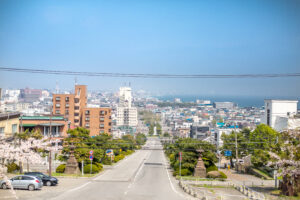 Hakodate (like other parts of around Hokkaido) was originally populated by the Ainu and is the third largest city in Hakodate behind Sapporo and Asahikawa. The name “Hakodate” may have originated from an Ainu word, “hak-casi” (“shallow fort”). Hakodate was founded in 1454, when Kono Kaganokami Masamichi constructed a large manor house in the fishing village of Usukeshi, the word for bay in Ainu. The city has a lot of history and is probably most famous for the arrival of U.S ships under Matthew C. Perry, and also the Battle of Hakodate in the Boshin War. This battle was fought between the Tokugawa Shogunate and the Imperial Government. Hakodate is a coastal city and sub prefecture. The city is most famous for Mt. Hakodate which offers beautiful night views. The city is also famous for seafood, sushi and salt ramen.
Hakodate (like other parts of around Hokkaido) was originally populated by the Ainu and is the third largest city in Hakodate behind Sapporo and Asahikawa. The name “Hakodate” may have originated from an Ainu word, “hak-casi” (“shallow fort”). Hakodate was founded in 1454, when Kono Kaganokami Masamichi constructed a large manor house in the fishing village of Usukeshi, the word for bay in Ainu. The city has a lot of history and is probably most famous for the arrival of U.S ships under Matthew C. Perry, and also the Battle of Hakodate in the Boshin War. This battle was fought between the Tokugawa Shogunate and the Imperial Government. Hakodate is a coastal city and sub prefecture. The city is most famous for Mt. Hakodate which offers beautiful night views. The city is also famous for seafood, sushi and salt ramen.
Sightseeing
Cape Tachimachi First Landing in Hakodate Gagyusanmyoshin Temple Girl in Red Shoes Goryokaku Park Grave of Ishikawa Takuboku Hakodate Gokoku Shrine Hakodate Green Plaza Hakodate Park Hekketsu-hi Monument Ika Square & Seaport Park Kankanji Mt. Hakodate Museum Ship Mashu Maru Ochinpo Shrine Saijioji Sakamoto Ryoma Museum Sumiyoshi Shrine Takadaya Kahei & Historical Monument
Food
Gotoken Gram Bay Area Hakodate Yumin Menya Lucky Pierrot Sakae Mochi
Nightlife
Shopping
Hakodate Nishi Hatobe Factory Kanemori Red Brick Warehouse
Accommodation
Hakodate Kokusai Hotel Hotel Promote Hakodate Unizo Inn
Temples
Daikanji Sumiyoshi Shrine Gagyusanmyoshin Temple Kankanji Ochinpo Shrine Saijioji
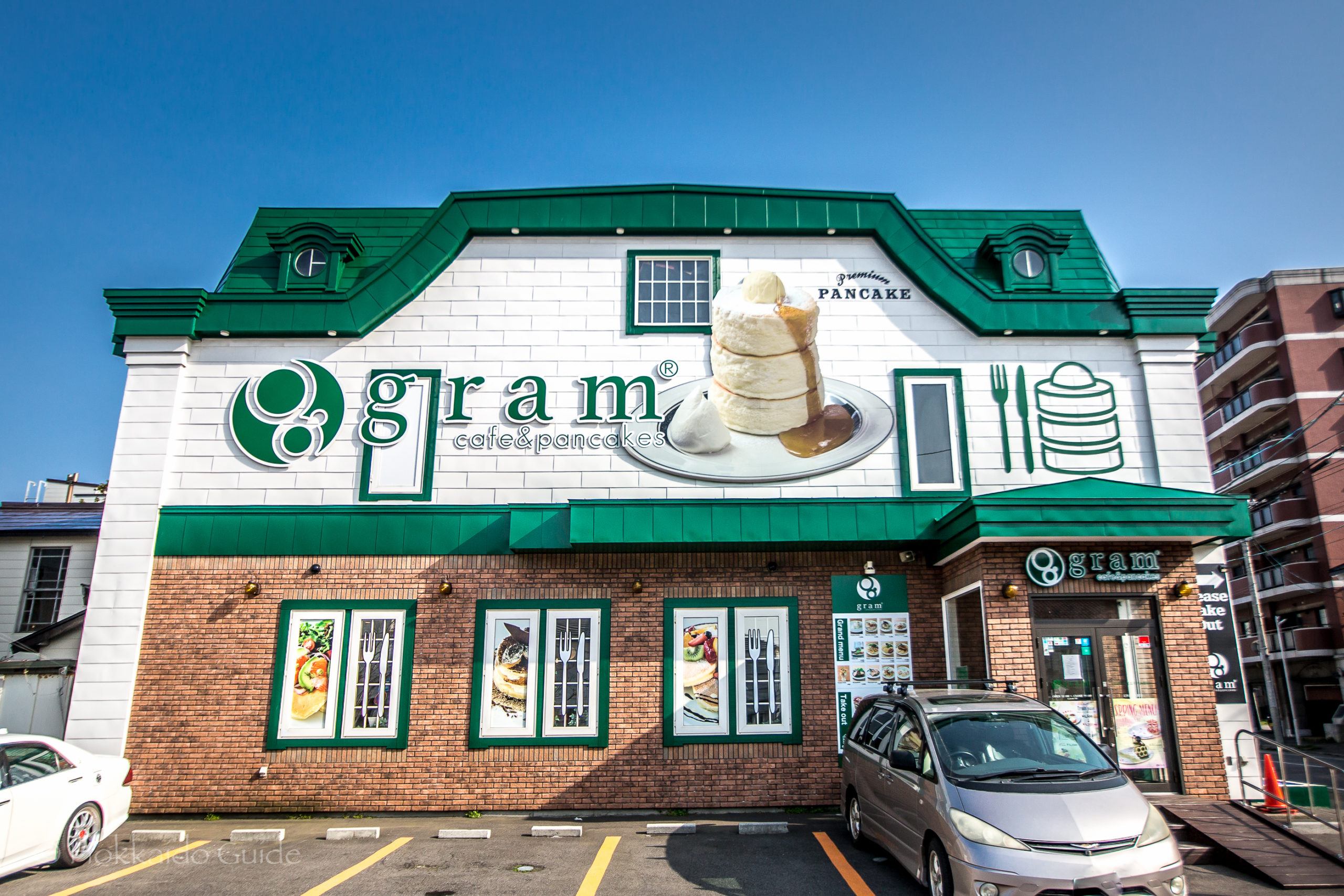
Gram Bay Area
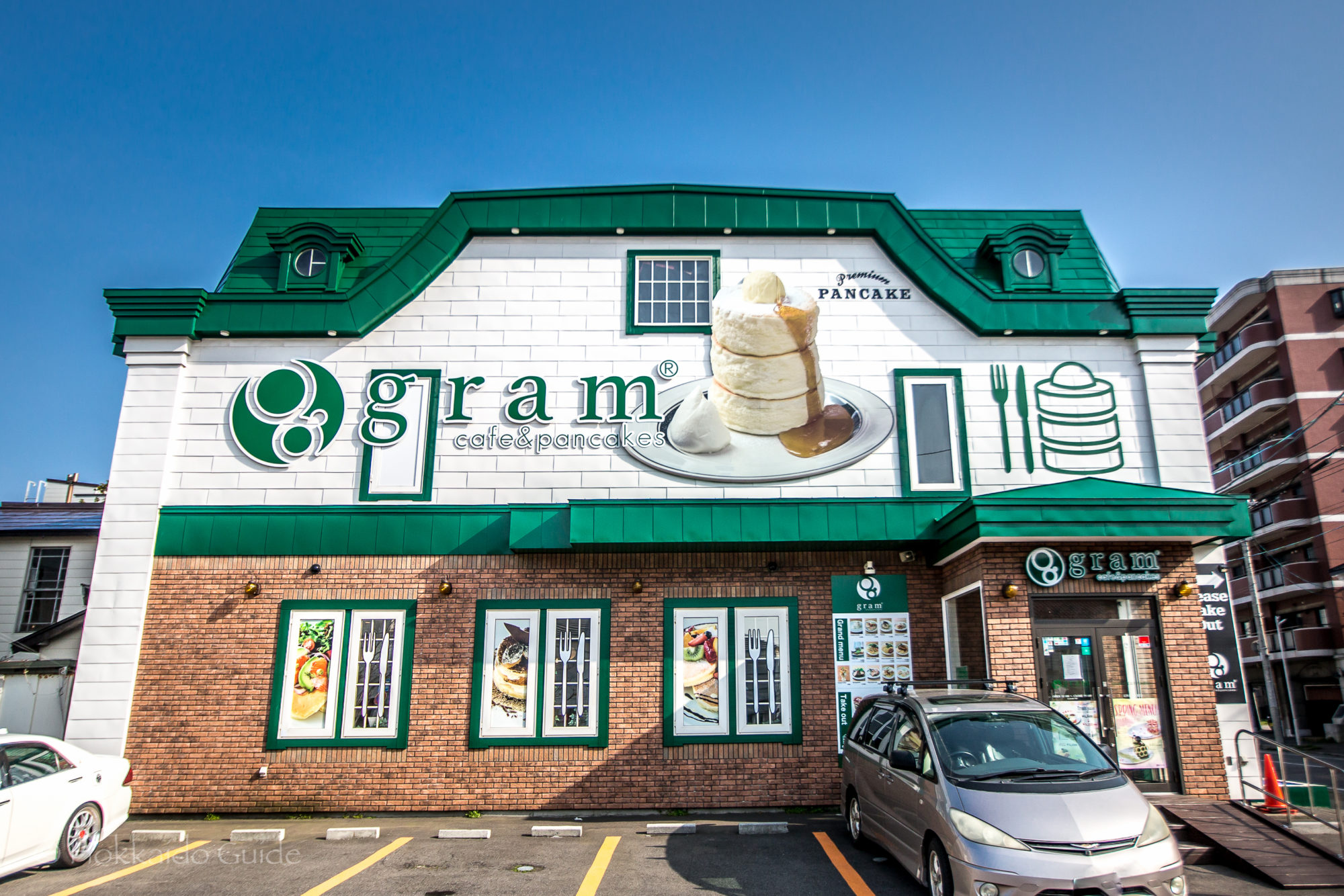
| Pricing Guide (Avg. cost per person) | ¥1000 - ¥2000 |
| Opening Hours | 11:00 - 19:00 |
| Closed | Tuesdays |
| Contact | 011-3884-6210 https://www.cafe-gram.com |
| Notes | Cafe & restaurant, parking for 8, no smoking |
| Location / Getting There | The cafe is located in central Hakodate near the harbor. The cafe is just a two minute walk from Jujigai subway station (4 stops from Hakodate station). For those with a car, there is a small parking spot out the front. 12-3 Suehirocho, Hakodate, Hokkaido 040-0053 |
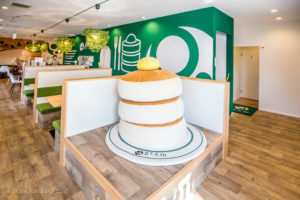 This restaurant is famous for its pancakes in the city of Hakodate. These fluffy three tiered pancakes are served throughout the day and a stacked to a considerable height on your plate! Due to the popularity of these pancakes tickets are usually needed to order. The premium pancakes are only for certain times during the day, and it can take a while for your order to come so be prepared. Once they do arrive, these are really good! There is also a large pancake cushion for a photo opportunity to remember your visit.
This restaurant is famous for its pancakes in the city of Hakodate. These fluffy three tiered pancakes are served throughout the day and a stacked to a considerable height on your plate! Due to the popularity of these pancakes tickets are usually needed to order. The premium pancakes are only for certain times during the day, and it can take a while for your order to come so be prepared. Once they do arrive, these are really good! There is also a large pancake cushion for a photo opportunity to remember your visit.
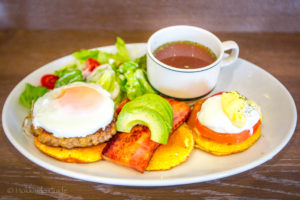 Besides the premium pancakes, they have some good lunches to enjoy. A bit of sweet and savory to go with your coffee. The lunches here include small pancakes served with thick bacon, avocado, eggs and a hamburger patty. The perfect brunch! There is also toast and cream. Side dishes include a healthier salad or soup. While in Hakodate, this is not a bad place to drop into. There is plenty of seating, so its a good for groups, and there is enough parking around the store. Interestingly, they have other stores in America.
Besides the premium pancakes, they have some good lunches to enjoy. A bit of sweet and savory to go with your coffee. The lunches here include small pancakes served with thick bacon, avocado, eggs and a hamburger patty. The perfect brunch! There is also toast and cream. Side dishes include a healthier salad or soup. While in Hakodate, this is not a bad place to drop into. There is plenty of seating, so its a good for groups, and there is enough parking around the store. Interestingly, they have other stores in America.
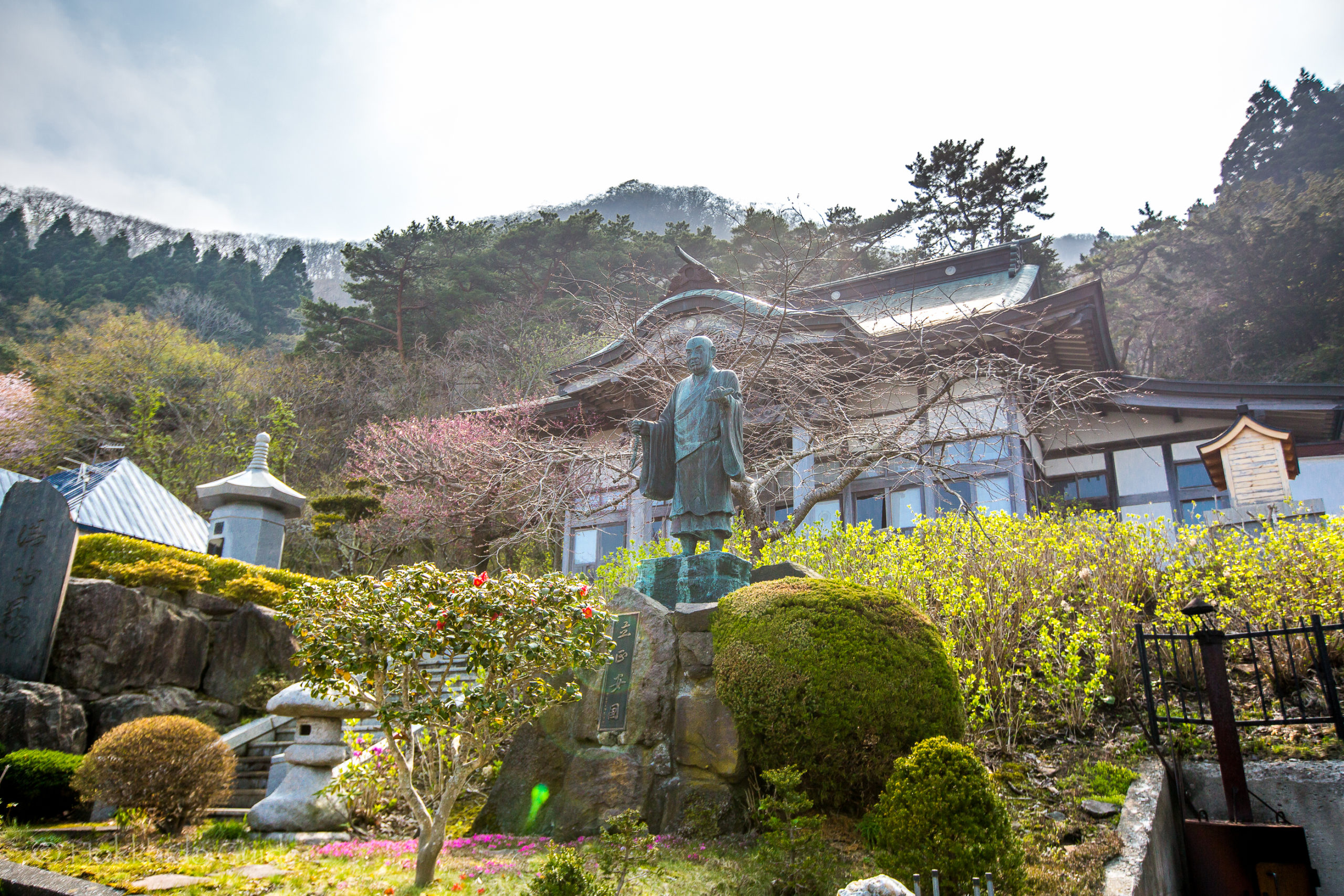
Gagyusanmyoshin Temple
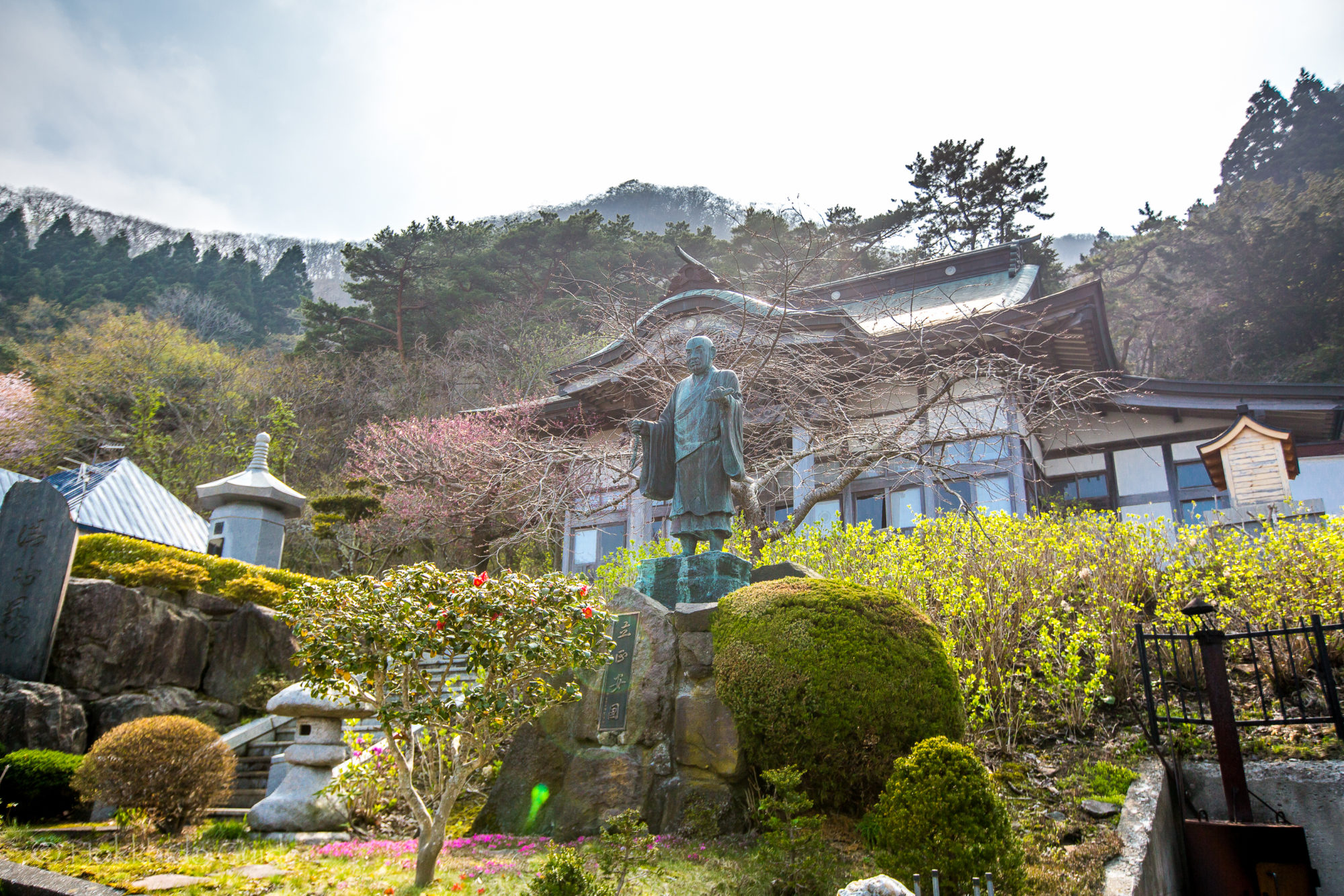
| Admission | Free |
| Opening Hours | - |
| Contact | 011-3822-6756 |
| Notes | Buddhist temple |
| Location / Getting There | Located in the southern part of Hakodate city near the base of Mt. Hakodate. For public transport, it is a 12 minute walk uphill from Yachigashira tram station (seven stops from Hakodate tram station). If driving there is a small parking spot. 〒040-0046 Hokkaido, Hakodate, Yachigashiracho, 1-2 Myoshinji |
 Gagyusanmyoshin Temple is a Buddhist temple tucked up in the hills of Mt. Hakodate. It is a large temple and being up on the slopes of Mt. Hakodate, has views overlooking the residential area of Hakodate. It is also on the way to the Hekketsu-hi Monument, which is a short walk away. The temple was founded by Wakamatsu Niizumi, who was born in 1915. As a child he had difficulty with his eyesight and his mother often prayed that he would be able to see. At the age of seven, he could finally open his eyes. From this experience, he devoted his life to the Buddhist faith.
Gagyusanmyoshin Temple is a Buddhist temple tucked up in the hills of Mt. Hakodate. It is a large temple and being up on the slopes of Mt. Hakodate, has views overlooking the residential area of Hakodate. It is also on the way to the Hekketsu-hi Monument, which is a short walk away. The temple was founded by Wakamatsu Niizumi, who was born in 1915. As a child he had difficulty with his eyesight and his mother often prayed that he would be able to see. At the age of seven, he could finally open his eyes. From this experience, he devoted his life to the Buddhist faith.
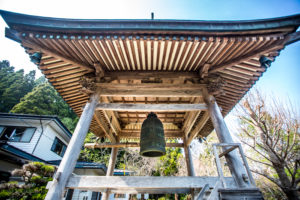 He was a priest in Hakodate City, and in the spring of 1946, the temple was founded. For those practicing the Buddhist faith, there is a special red stamp that can be received on arrival. Throughout the temple and on the grounds, there are various statues and memorials. Each has their own special significance. There is a bell tower, with the large bell being rung at 6:30 and at 18:00 everyday. Throughout the year there are various events held. The most interesting being the ‘Yuan Dynasty Visit’ which is the New Year’s first prayer meeting. This festival sees brave souls pouring water over themselves in the cold winter weather. For other festivals, read below.
He was a priest in Hakodate City, and in the spring of 1946, the temple was founded. For those practicing the Buddhist faith, there is a special red stamp that can be received on arrival. Throughout the temple and on the grounds, there are various statues and memorials. Each has their own special significance. There is a bell tower, with the large bell being rung at 6:30 and at 18:00 everyday. Throughout the year there are various events held. The most interesting being the ‘Yuan Dynasty Visit’ which is the New Year’s first prayer meeting. This festival sees brave souls pouring water over themselves in the cold winter weather. For other festivals, read below.
| January | Yuan Dynasty Visit New Year's first prayer meeting |
| February | Cold training Star Festival Setsubun Religious Party |
| March | Higankai |
| April | Spring festival |
| July | Ranbonkai Summer Vacation training dojo Mizuko Kyokai |
| September | Higankai |
| October | Autumn festival |
| November | Daikokutenjin festival |
| December | Boil up, Joya no Kane |
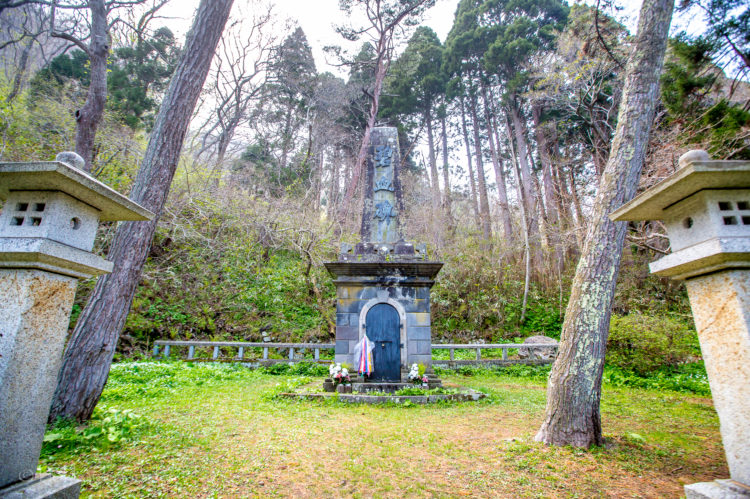
Hekketsu-hi Monument

| Admission | Free |
| Opening Hours | - |
| Contact | - |
| Notes | Historical site, no parking |
| Location / Getting There | Located in the southern part of Hakodate city near the base of Mt. Hakodate. There is no parking here so it's a little tricky but you can find some parking around the shrines nearby and take the path up to the site. For public transport, it is a 15 minute walk uphill from Yachigashira tram station (seven stops from Hakodate tram station). 5-14 Yachigashiracho, Hakodate, Hokkaido 040-0046 |
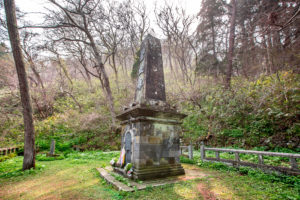 The Hekketsu Monument is the centre piece for the burial and tribute for the 800 samurai and their leaders who died fighting against government forces in the Boshin War. This war included, specifically, the Battle of Hakodate. This battle in 1869 was the samurai’s last stand. The government forces were intent on restoring the emperor to the throne and overthrowing the military rule of the Shogunate and the samurai. The monument here is made from stone brought up from Tokyo. The word ‘Hekketsu’ is derived from an old Chinese saying, “the blood of warriors who die for their lord turns blue after three years.”
The Hekketsu Monument is the centre piece for the burial and tribute for the 800 samurai and their leaders who died fighting against government forces in the Boshin War. This war included, specifically, the Battle of Hakodate. This battle in 1869 was the samurai’s last stand. The government forces were intent on restoring the emperor to the throne and overthrowing the military rule of the Shogunate and the samurai. The monument here is made from stone brought up from Tokyo. The word ‘Hekketsu’ is derived from an old Chinese saying, “the blood of warriors who die for their lord turns blue after three years.”
 Toshizo Hijikata who led the samurai in the final Battle of Hakodate was killed during this fight. This monument is also erected in his memory. His death poem reads “though my body may decay on the island of Ezo, my spirit guards my lord in the East.” In the aftermath of the battle, the bodies of the Shogunate forces were originally left on the streets and any burial or religious service was prohibited. The bodies were eventually moved to this current site. The government forces dead were buried at Hakodate Gokoku Shrine, which is not a far walk from here. This grassland in the forest is a peaceful and relaxing spot with a quiet stillness and is worth a visit. This site is not far from the shrines lower down on the hill and is better accessed from Gagyusan Myoshin Temple or the shrine of Hachiman-gu.
Toshizo Hijikata who led the samurai in the final Battle of Hakodate was killed during this fight. This monument is also erected in his memory. His death poem reads “though my body may decay on the island of Ezo, my spirit guards my lord in the East.” In the aftermath of the battle, the bodies of the Shogunate forces were originally left on the streets and any burial or religious service was prohibited. The bodies were eventually moved to this current site. The government forces dead were buried at Hakodate Gokoku Shrine, which is not a far walk from here. This grassland in the forest is a peaceful and relaxing spot with a quiet stillness and is worth a visit. This site is not far from the shrines lower down on the hill and is better accessed from Gagyusan Myoshin Temple or the shrine of Hachiman-gu.
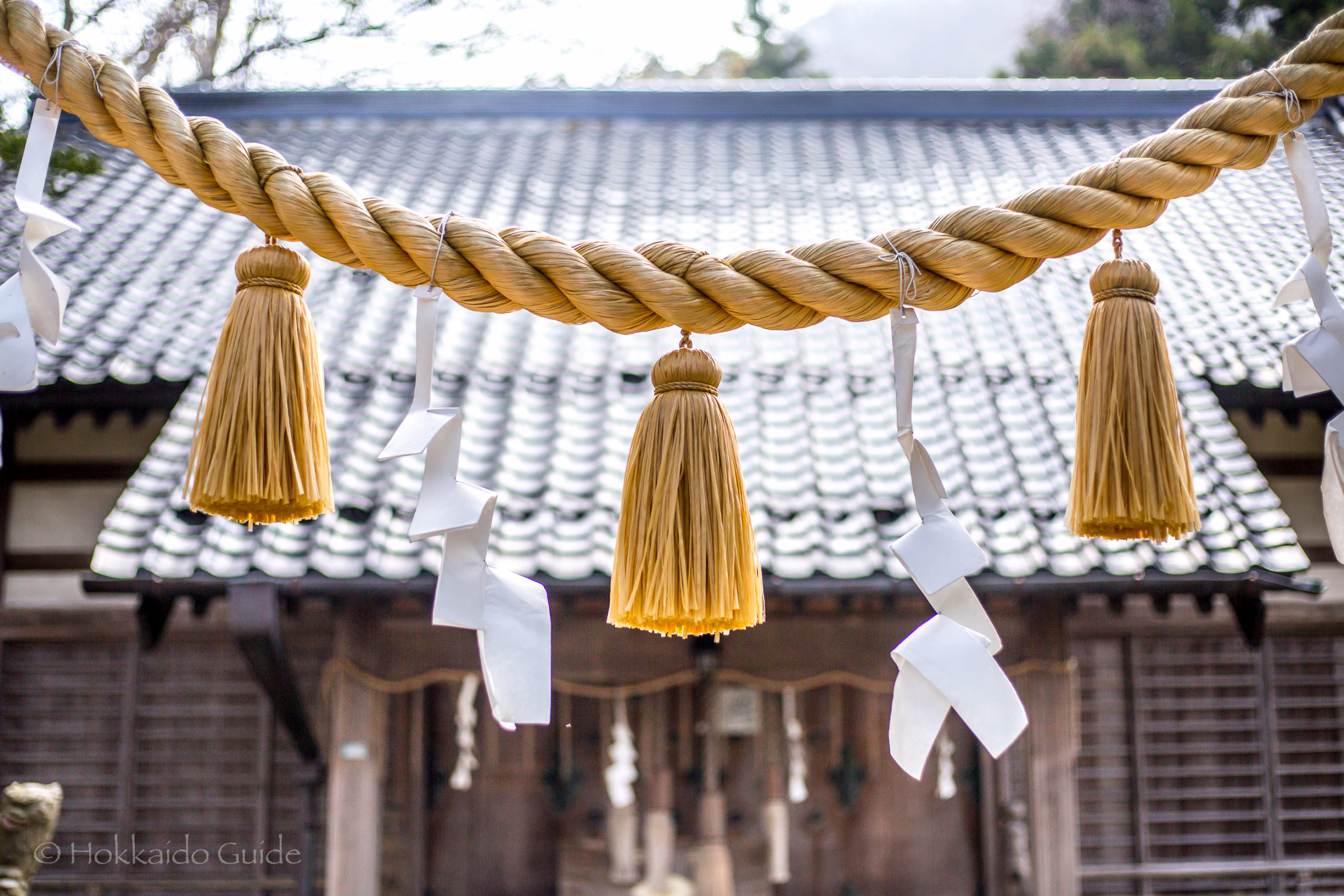
Sumiyoshi Shrine
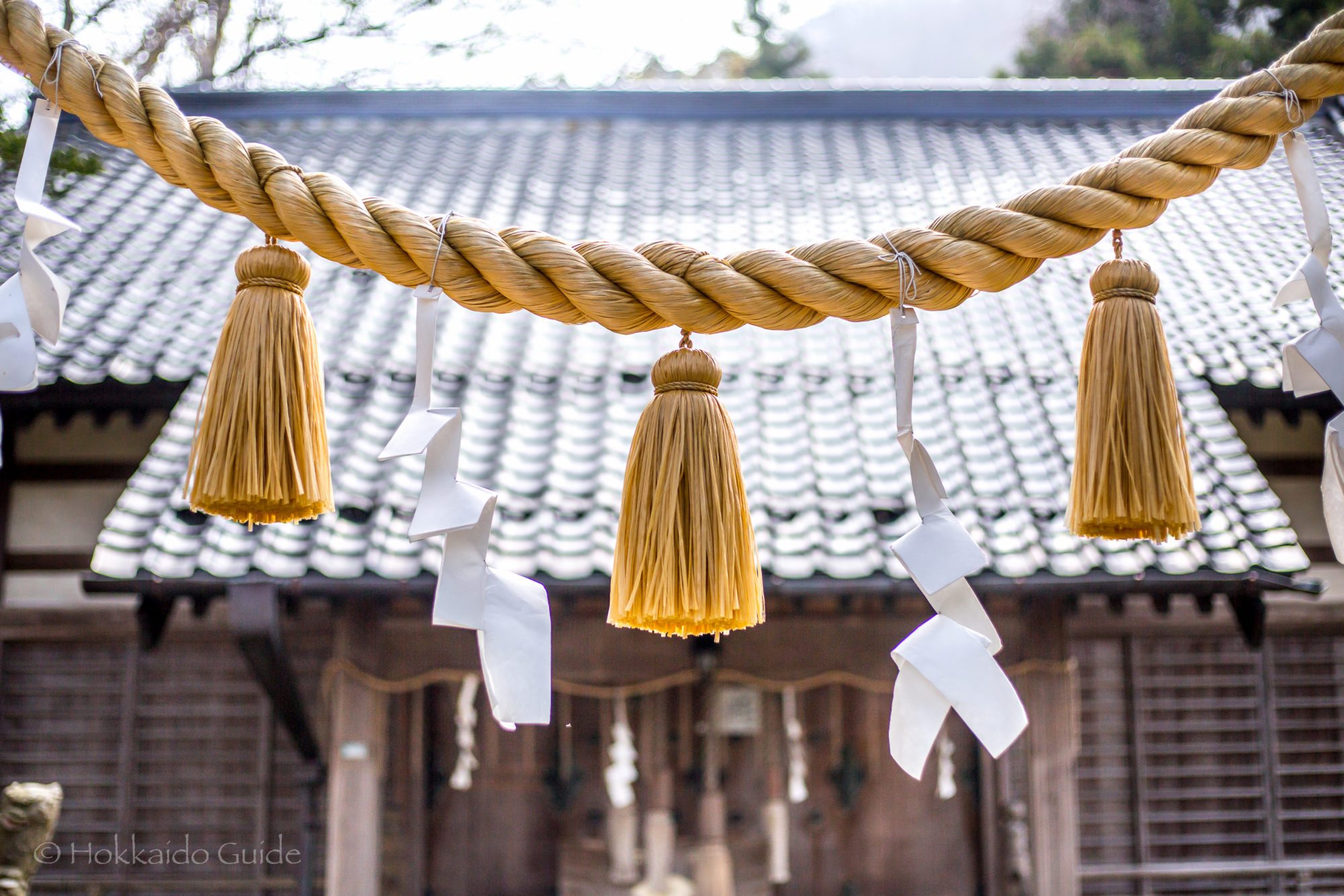
| Admission | Free |
| Opening Hours | - |
| Contact | 011-3822-2608 |
| Notes | Shinto shrine, no parking, cherry blossom area |
| Location / Getting There | Located in the southern part of Hakodate city near the base of Mt. Hakodate. There is street parking around if you are driving. For public transport, the closest station is Yachigashira tram station (seven stops from Hakodate tram station). From here it is a 9 minute walk south. 1-7 Sumiyoshicho, Hakodate, Hokkaido 040-0045 |
 Sumiyoshi Shrine is a shinto shrine in Hakodate. It is located on the cape near the base of Mt. Hakodate. It is not a far walk from the ocean, on the eastern side of the headland. The founding date of the shrine is unknown, however according to local stories passed down, the shrine was built during the Kamakura period, which was established in 1192 (bringing the start of the samurai). The shrine (known then as Miyoshi Shrine), was rebuilt 600 years later during the An’ei era. The shrine was then rebuilt again in its current location, after it was burnt down in a great fire in 1937. The shrine was renamed Sumiyoshi Shrine.
Sumiyoshi Shrine is a shinto shrine in Hakodate. It is located on the cape near the base of Mt. Hakodate. It is not a far walk from the ocean, on the eastern side of the headland. The founding date of the shrine is unknown, however according to local stories passed down, the shrine was built during the Kamakura period, which was established in 1192 (bringing the start of the samurai). The shrine (known then as Miyoshi Shrine), was rebuilt 600 years later during the An’ei era. The shrine was then rebuilt again in its current location, after it was burnt down in a great fire in 1937. The shrine was renamed Sumiyoshi Shrine.
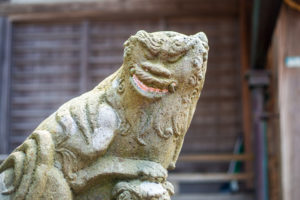 The shrine is best to visit during the cherry blossom season from mid April to early May. The road leading up to the shrine is flanked by dozens of beautiful cherry blossom trees. Unlike other cherry blossom areas, this road is not crowded. Once up the top of the hill, the grounds of Sumiyoshi Shrine are a nice place to wander around and enjoy the tranquility. This area also makes for a good place to get some photos. The shrine serves as a place of worship for 350 households and sees special events held throughout the year.
The shrine is best to visit during the cherry blossom season from mid April to early May. The road leading up to the shrine is flanked by dozens of beautiful cherry blossom trees. Unlike other cherry blossom areas, this road is not crowded. Once up the top of the hill, the grounds of Sumiyoshi Shrine are a nice place to wander around and enjoy the tranquility. This area also makes for a good place to get some photos. The shrine serves as a place of worship for 350 households and sees special events held throughout the year.
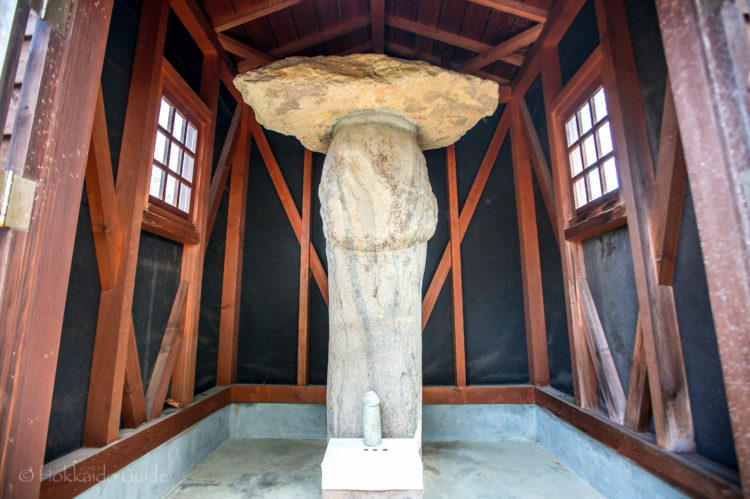
Ochinpo Shrine
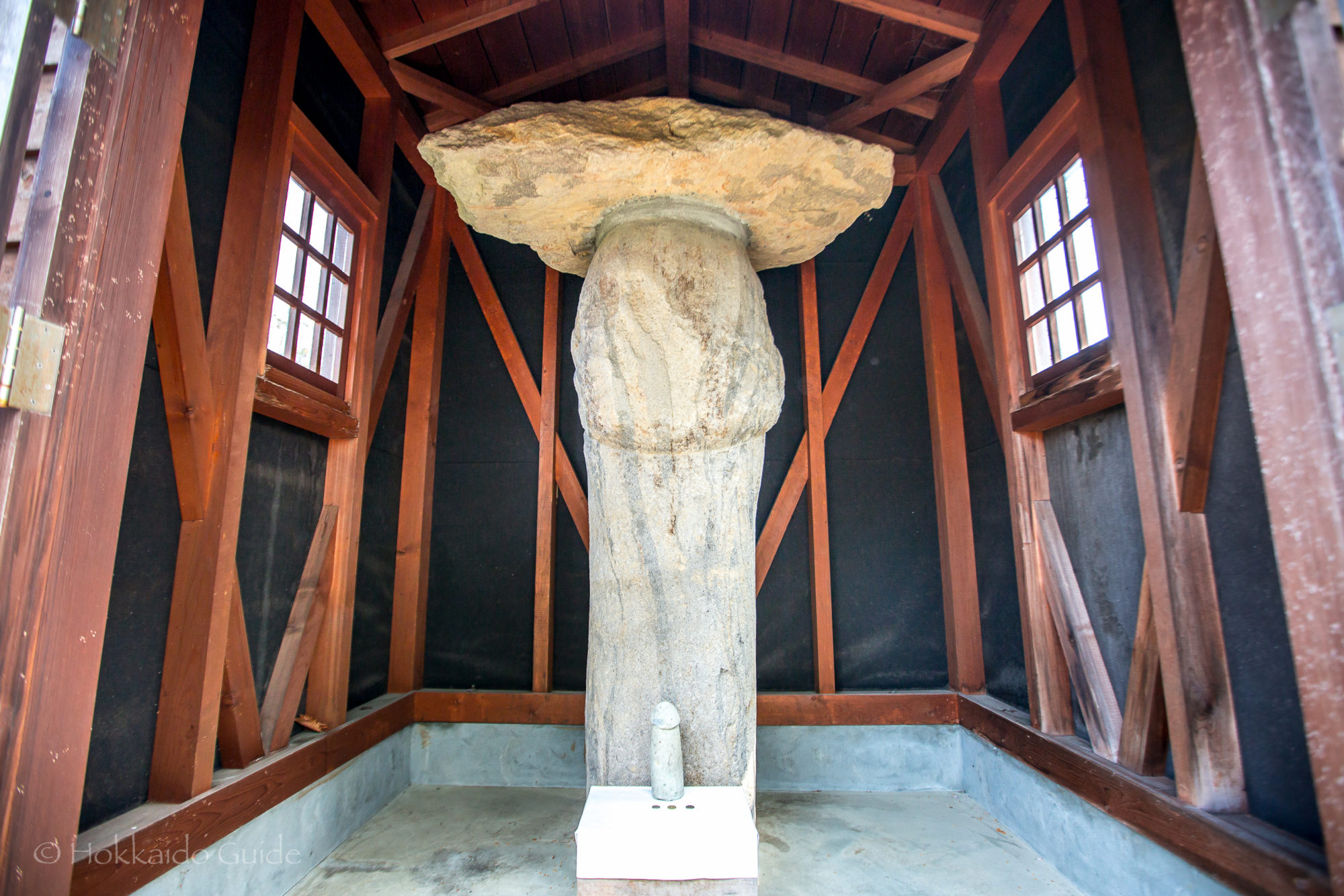
| Admission | Free |
| Opening Hours | - |
| Contact | - |
| Notes | Unique shrine, parking, part of Yachigashira Onsen |
| Location / Getting There | Located in the southern part of Hakodate city near the base of Mt. Hakodate. It is part Yachigashira Onsen. For public transport, the closest station is Yachigashira tram station (seven stops from Hakodate tram station). From here it is a 4 minute walk south towards Mt. Hakodate. 20-20 Yachigashiracho, Hakodate, Hokkaido 040-0046 |
 This may not be high on the must see things in Hakodate but it is certainly up there in terms of uniqueness. This appropriately named shrine can be found near the base of Mt. Hakodate. The Japanese word ‘Chinpo’ translates to ‘penis’ in English. Alternatively, the word Chinpō also translates into ‘rare treasure’. Whichever translation tickles your fancy, Ochinpo Shrine certainly makes for an interesting sightseeing spot. It is a small shrine, although the same can’t be said for the contents that are hidden within.
This may not be high on the must see things in Hakodate but it is certainly up there in terms of uniqueness. This appropriately named shrine can be found near the base of Mt. Hakodate. The Japanese word ‘Chinpo’ translates to ‘penis’ in English. Alternatively, the word Chinpō also translates into ‘rare treasure’. Whichever translation tickles your fancy, Ochinpo Shrine certainly makes for an interesting sightseeing spot. It is a small shrine, although the same can’t be said for the contents that are hidden within. The large phallic stone here is a Dōsojin (a spirit or god) and is said to have energy to bring good luck. This particular Dōsojin brings fortune for childbirth, easy delivery, and child protection. The shrine can be found on the grounds of Yachigashira Onsen to the left of the building. The stone itself was excavated while the grounds were being leveled in 1952, and was placed where it was found. With plenty of parking and a spot to relax at the hot springs here, take a quick stroll and check out the Ochinpo Shrine.
The large phallic stone here is a Dōsojin (a spirit or god) and is said to have energy to bring good luck. This particular Dōsojin brings fortune for childbirth, easy delivery, and child protection. The shrine can be found on the grounds of Yachigashira Onsen to the left of the building. The stone itself was excavated while the grounds were being leveled in 1952, and was placed where it was found. With plenty of parking and a spot to relax at the hot springs here, take a quick stroll and check out the Ochinpo Shrine.

